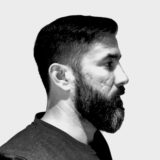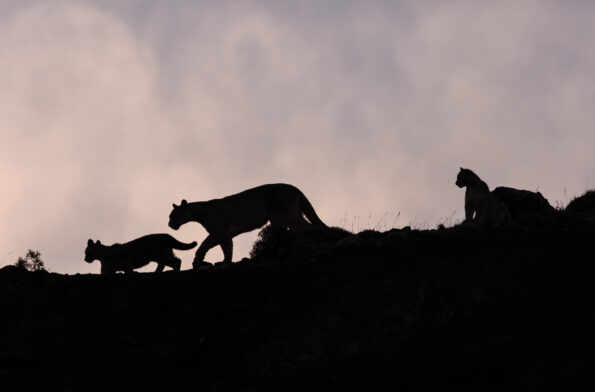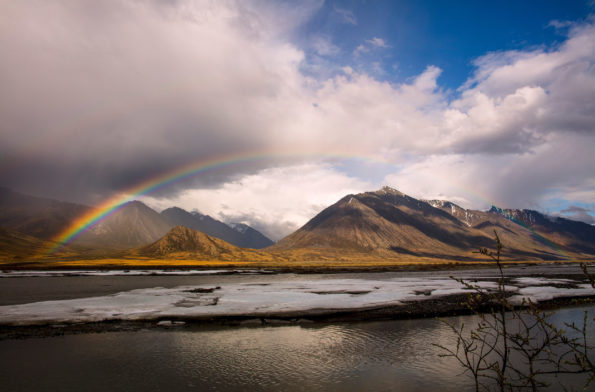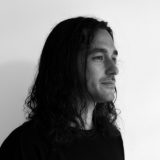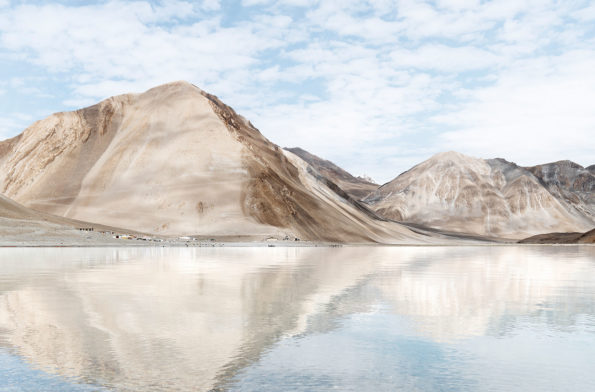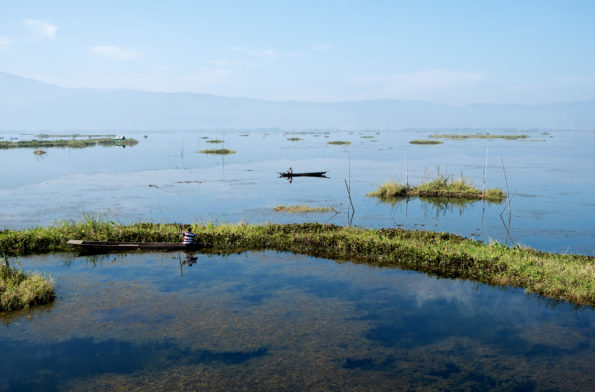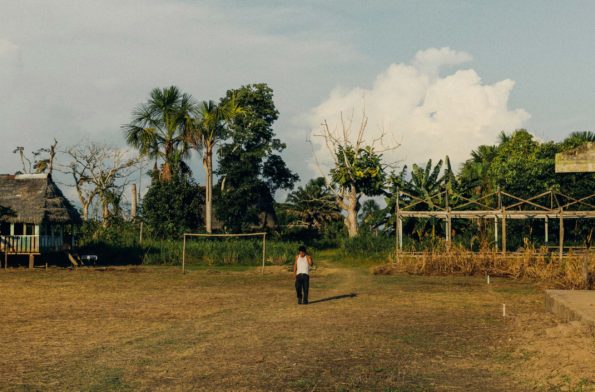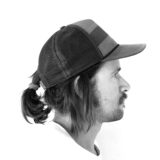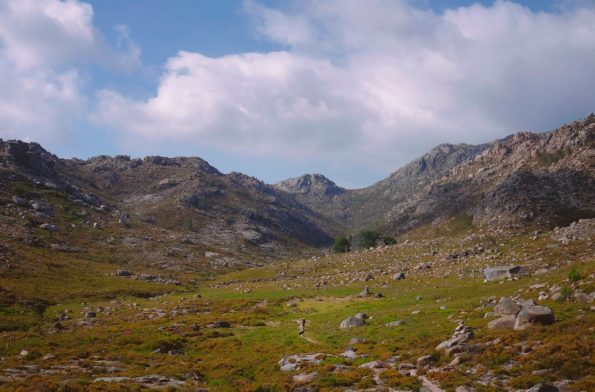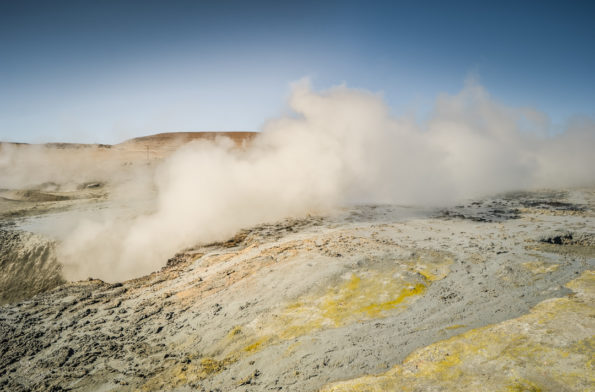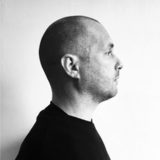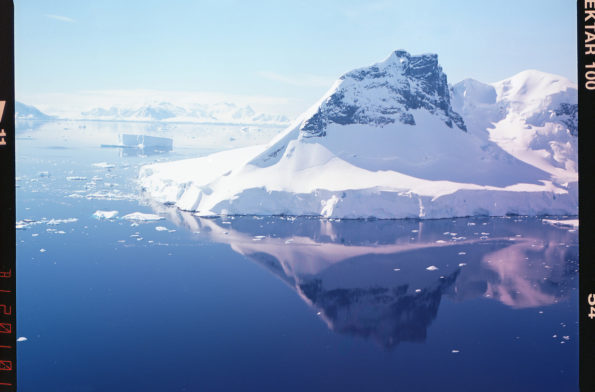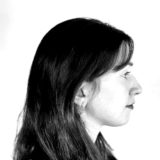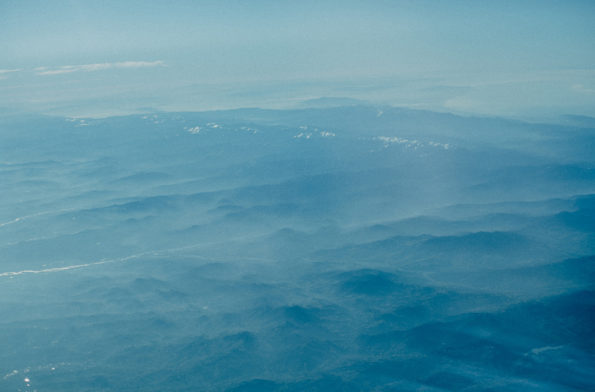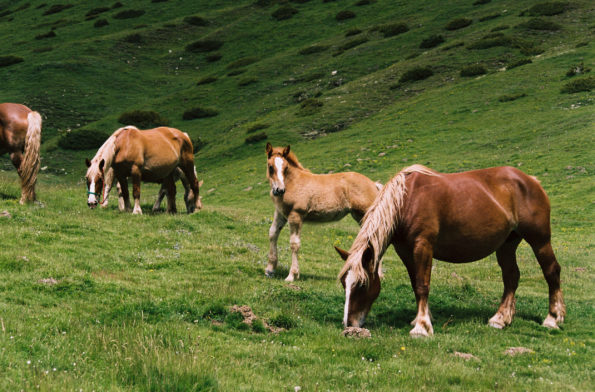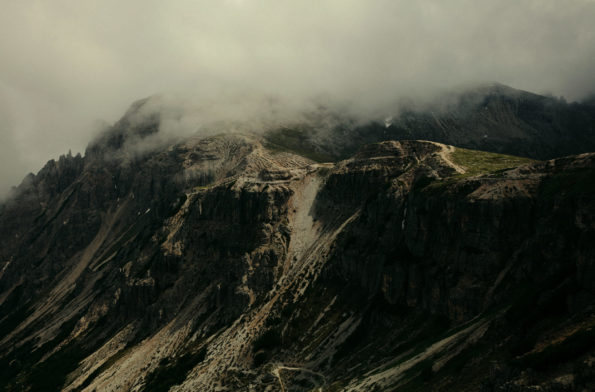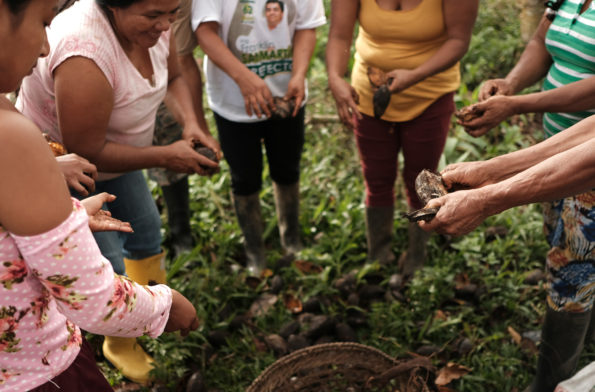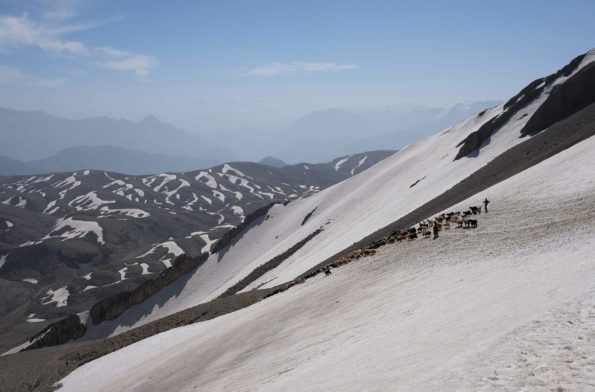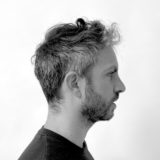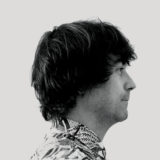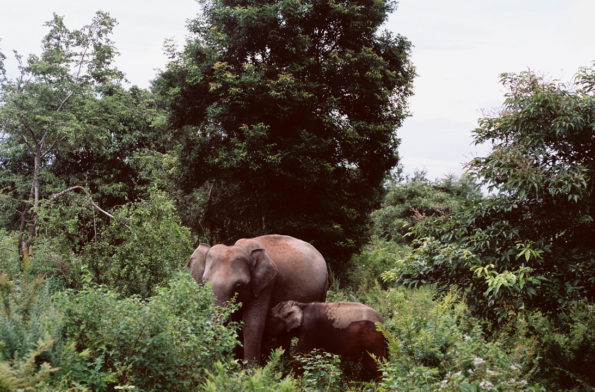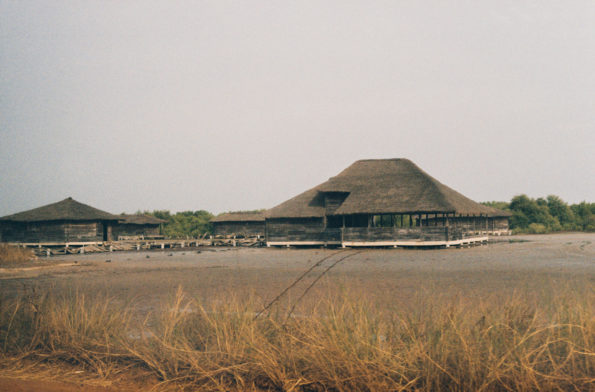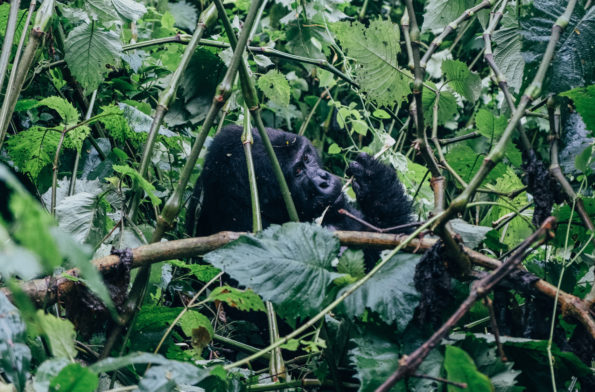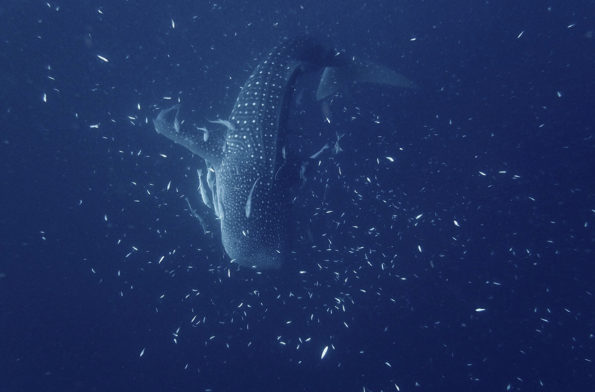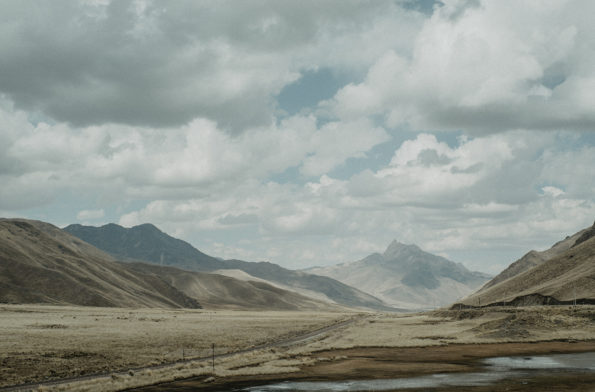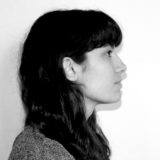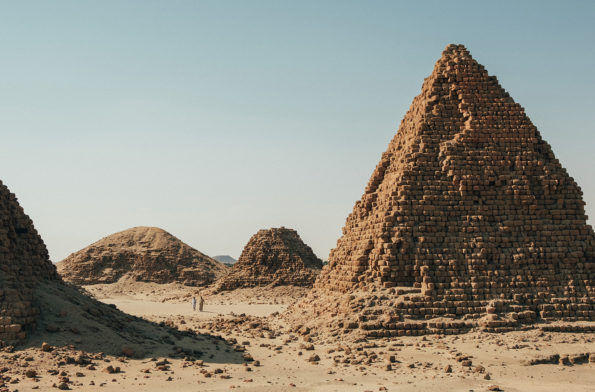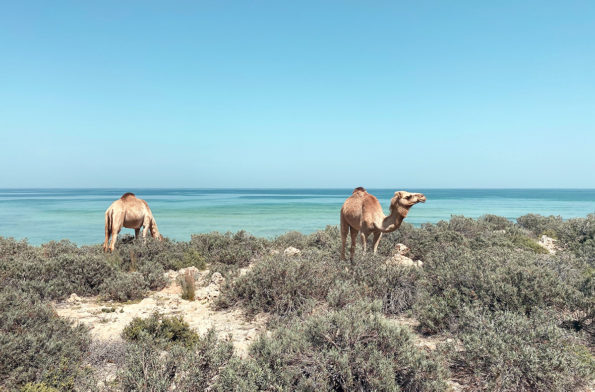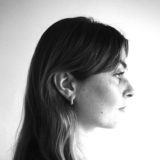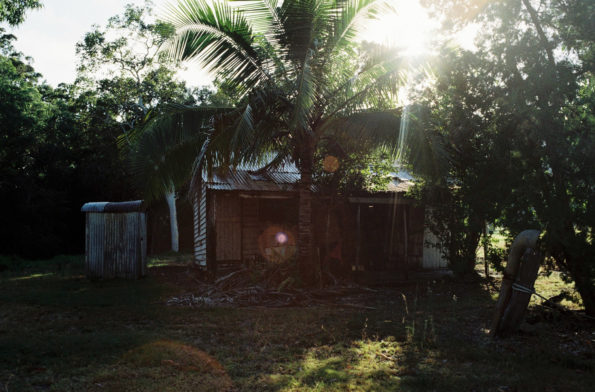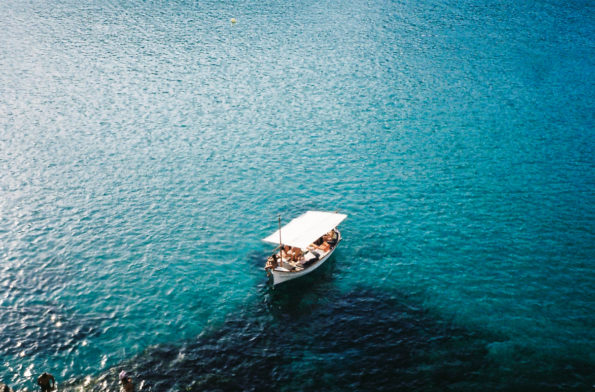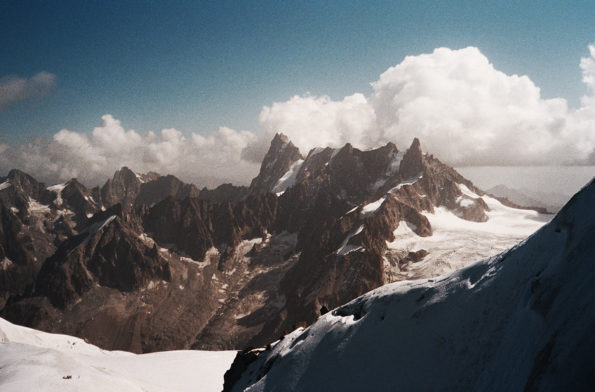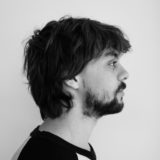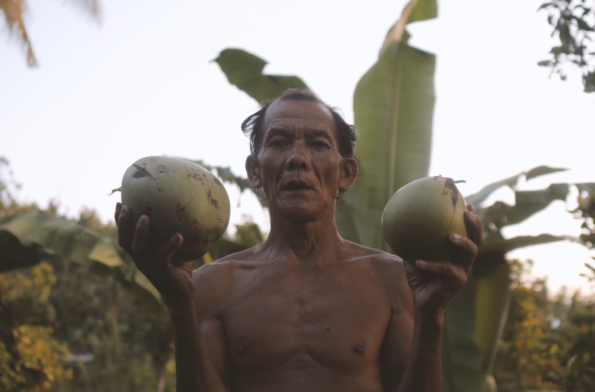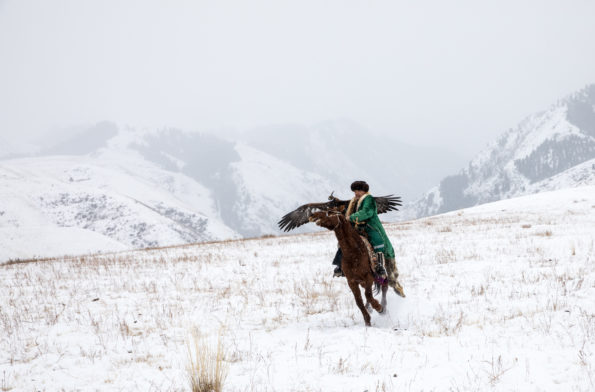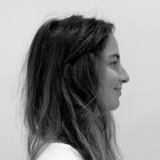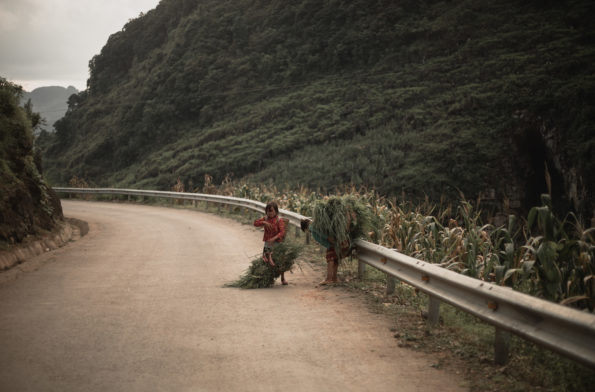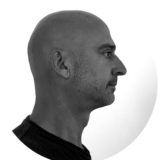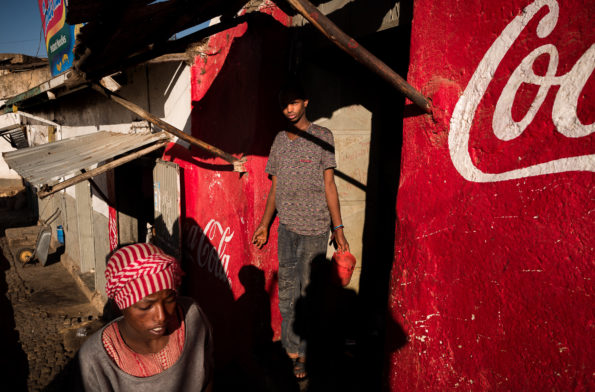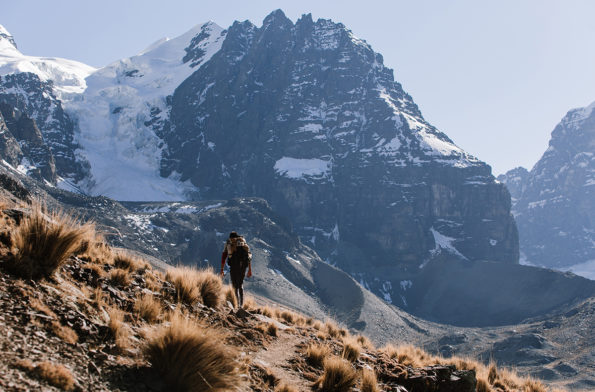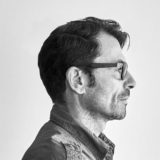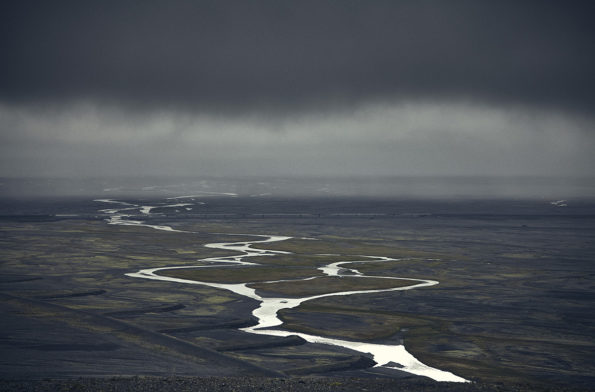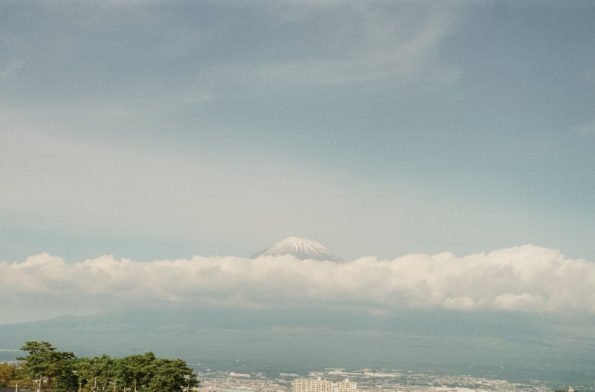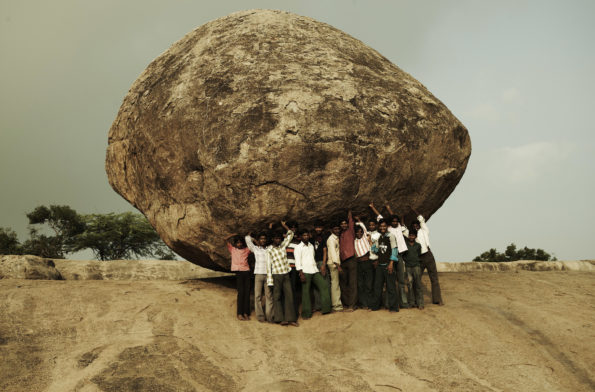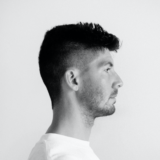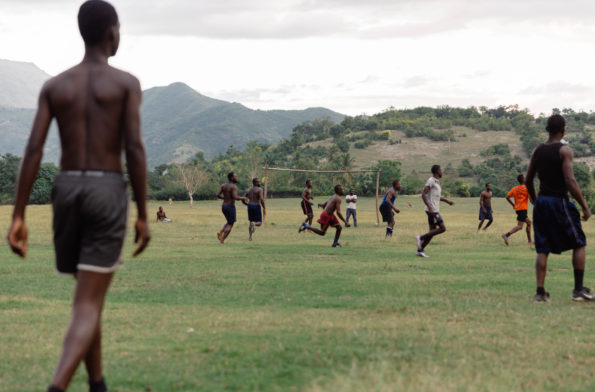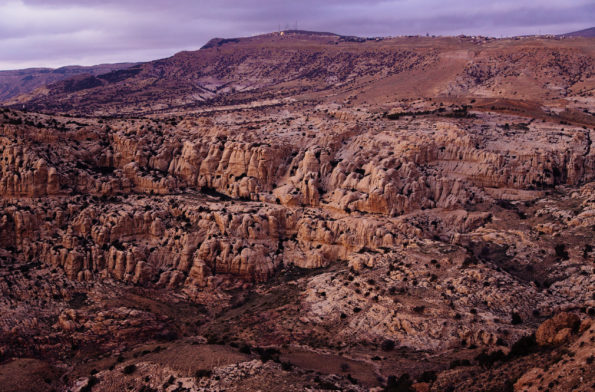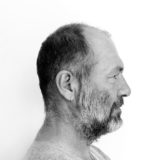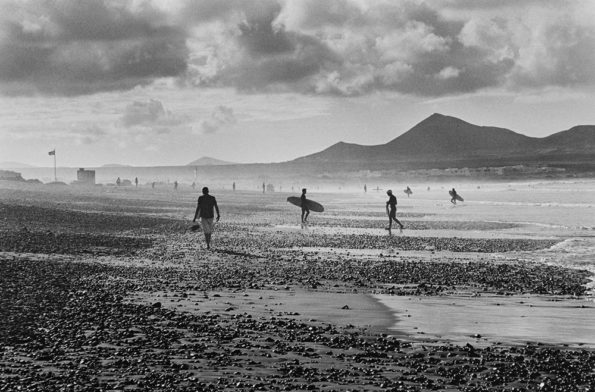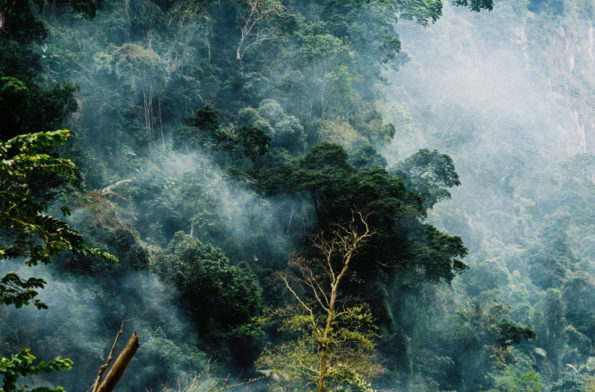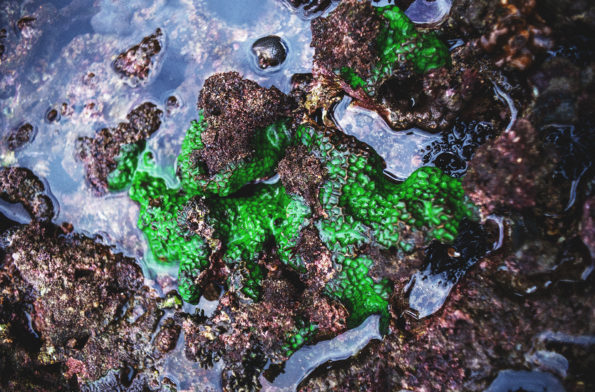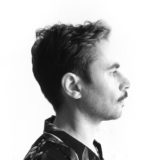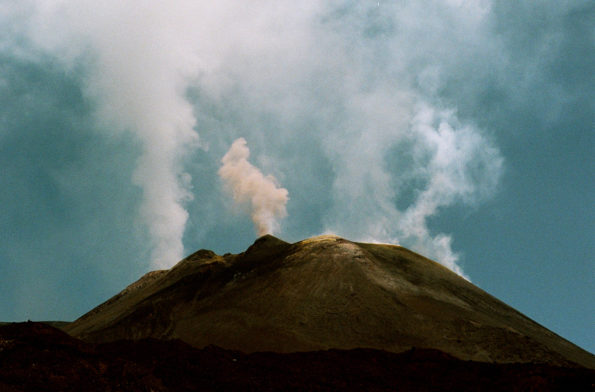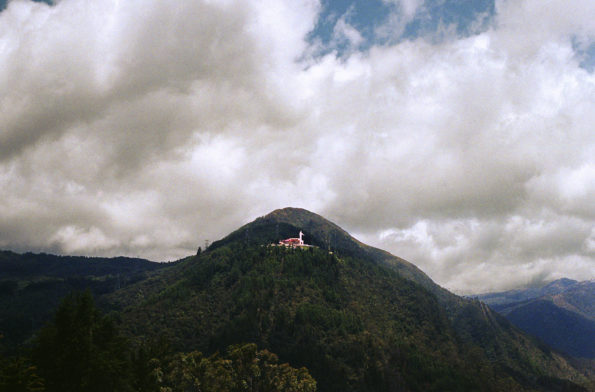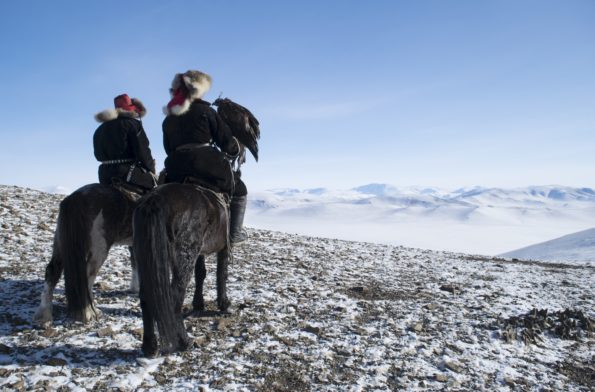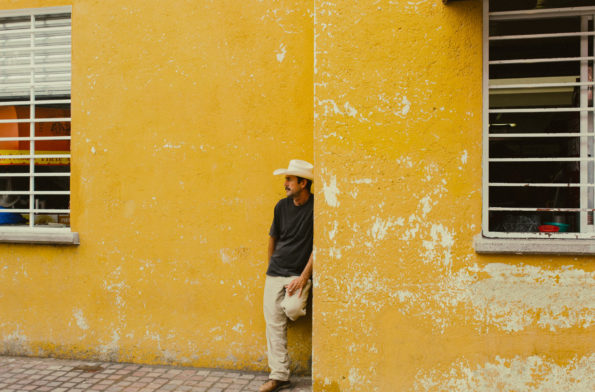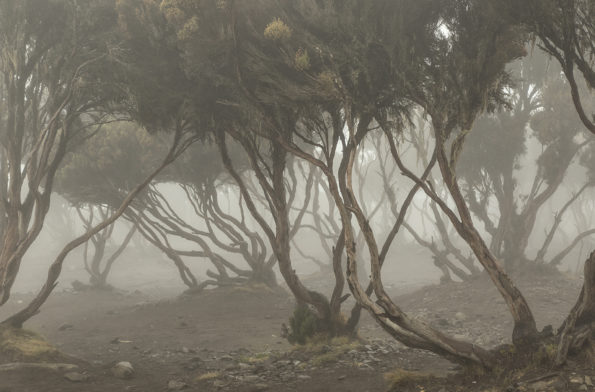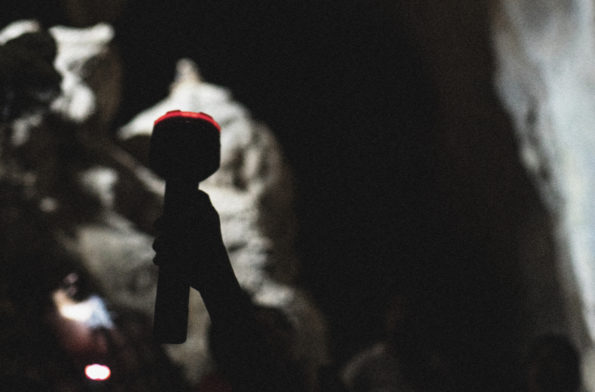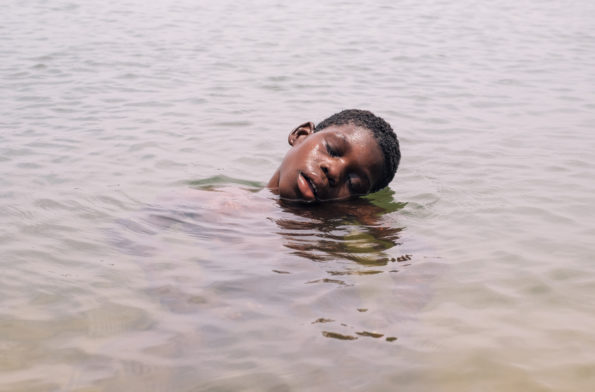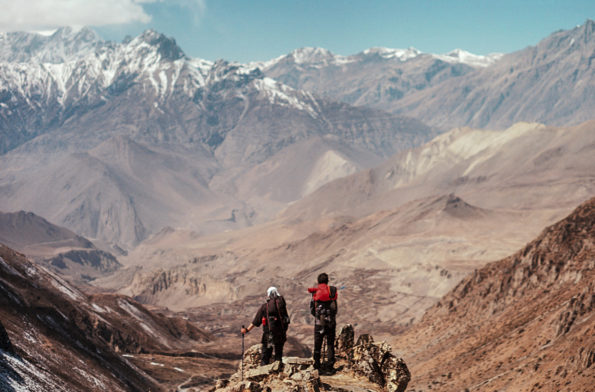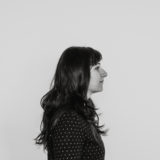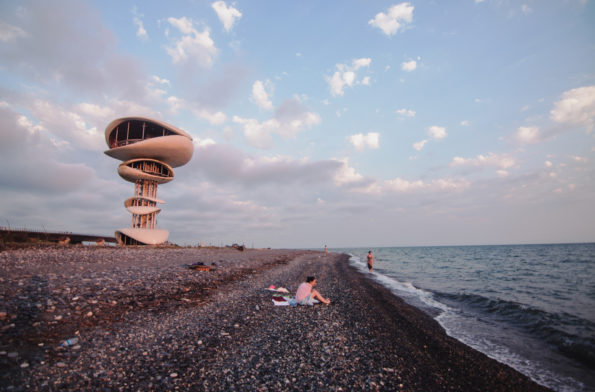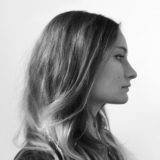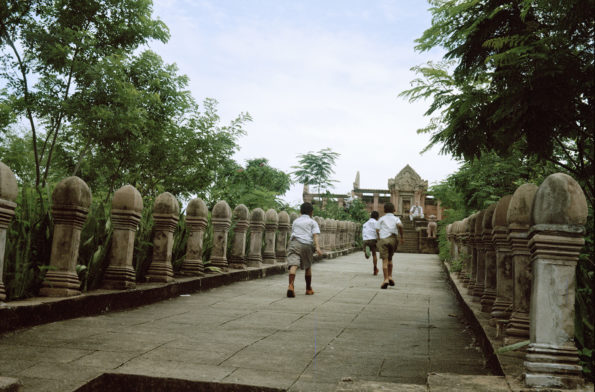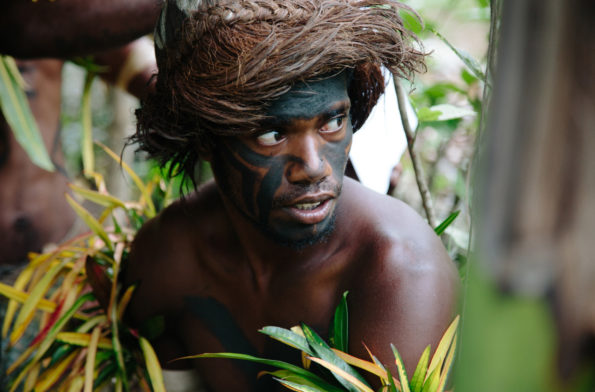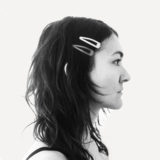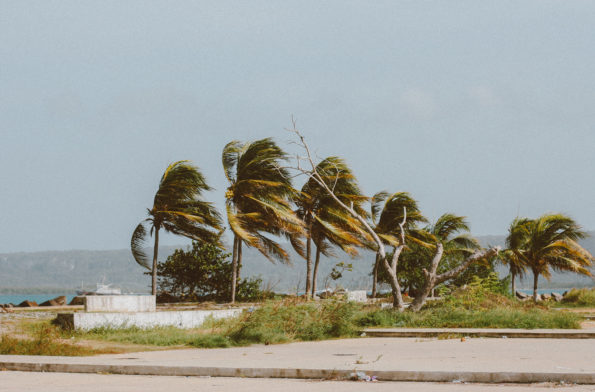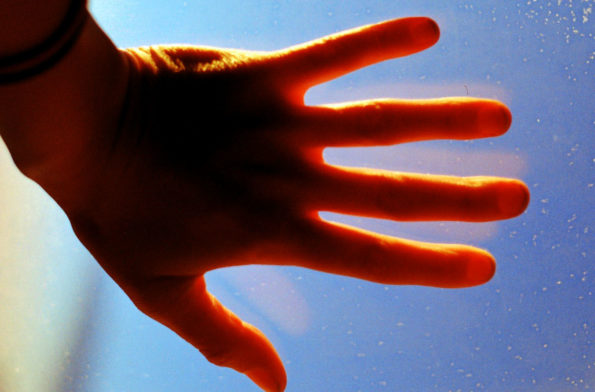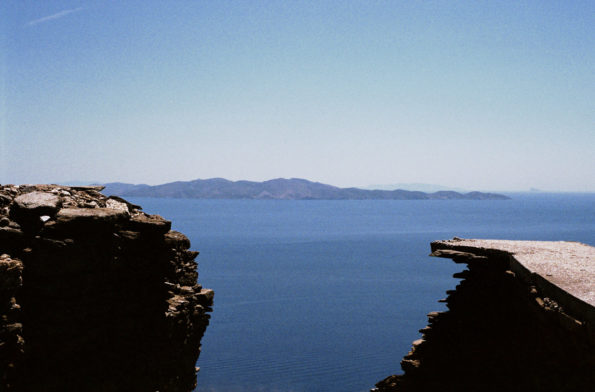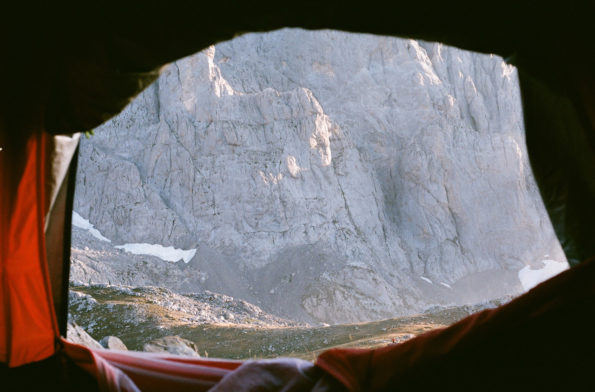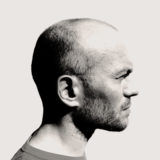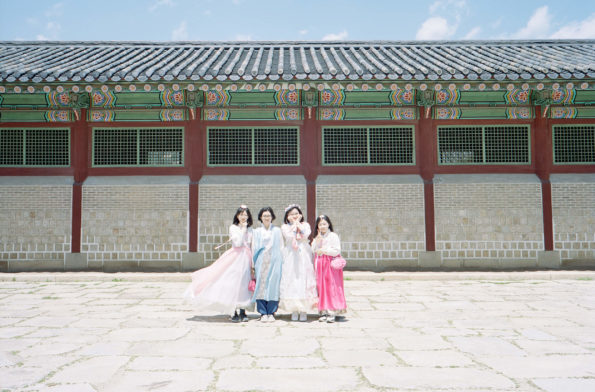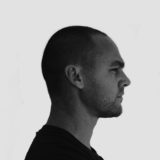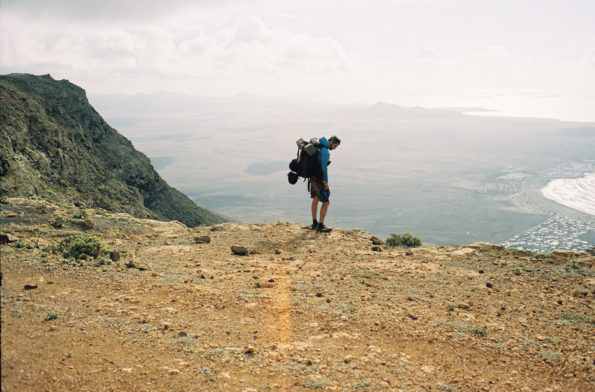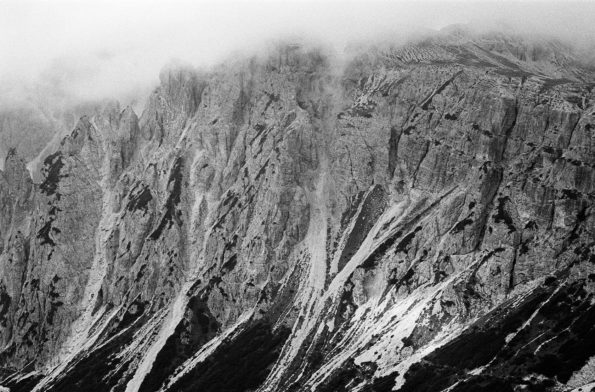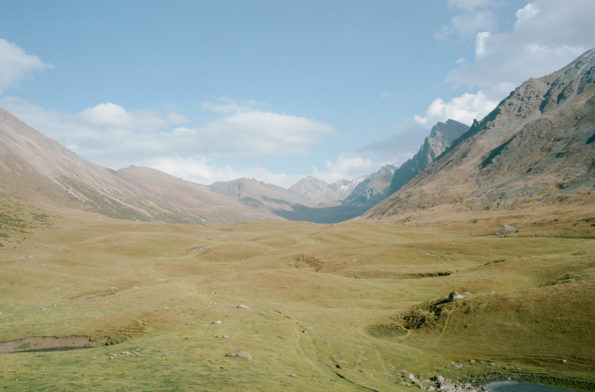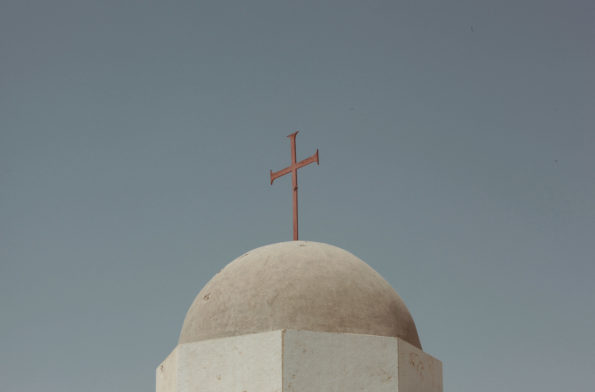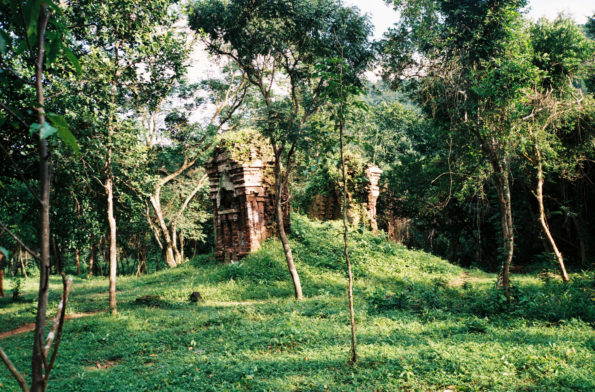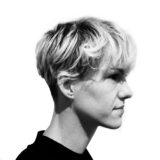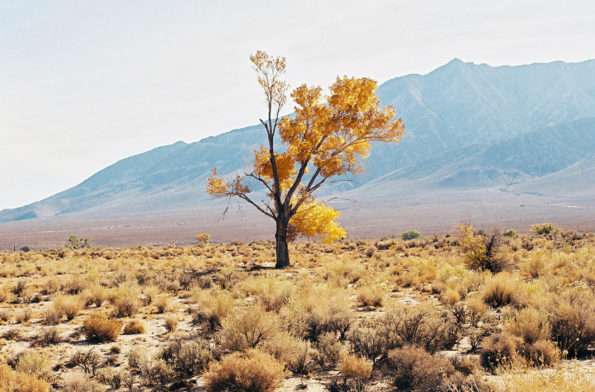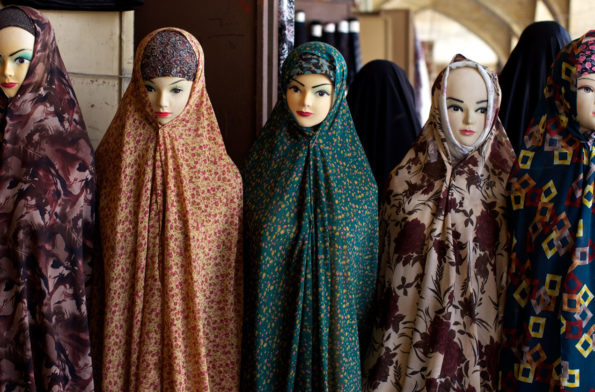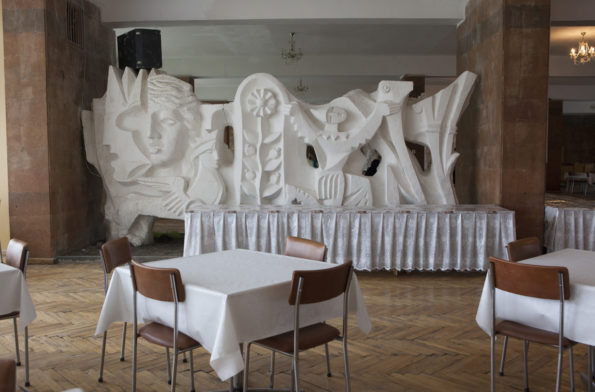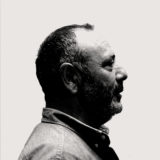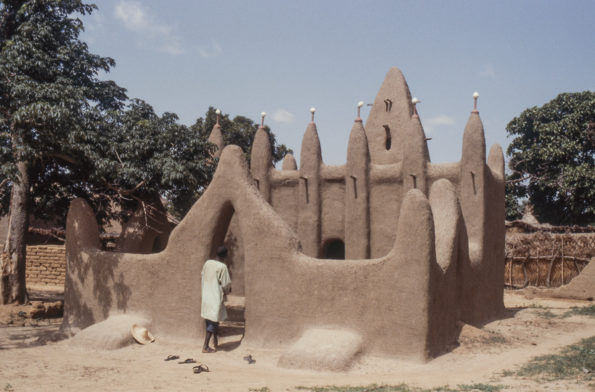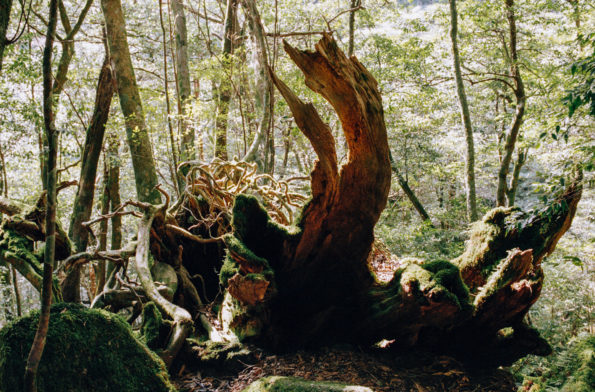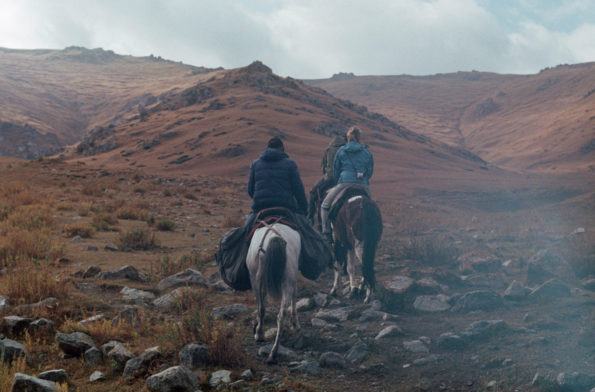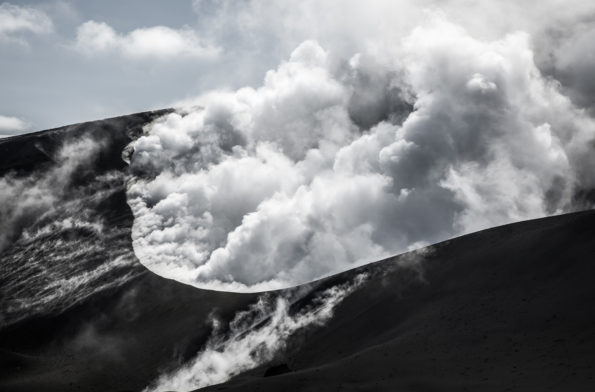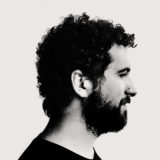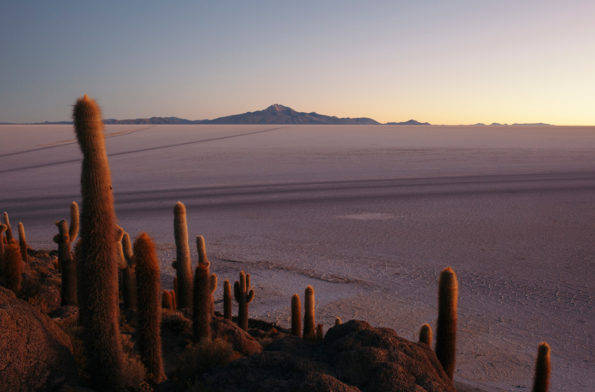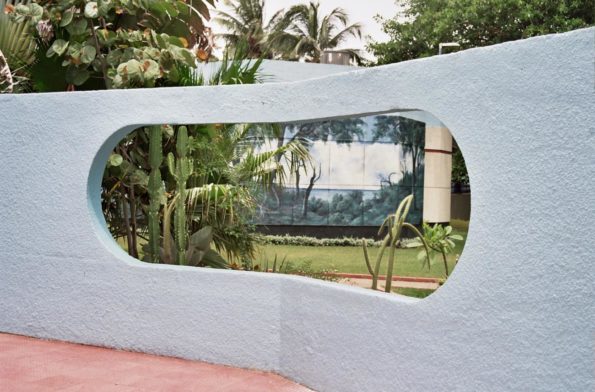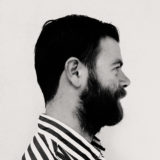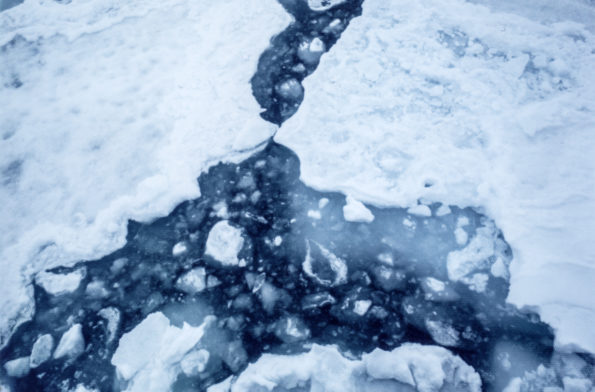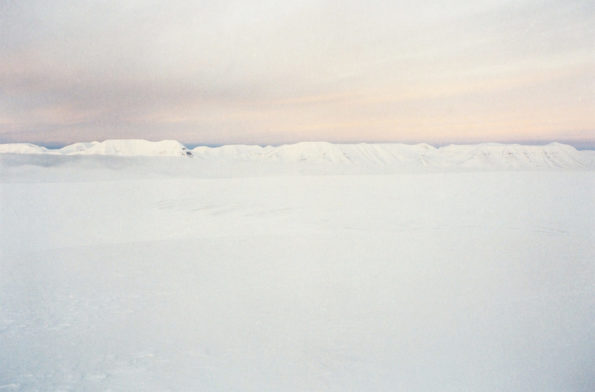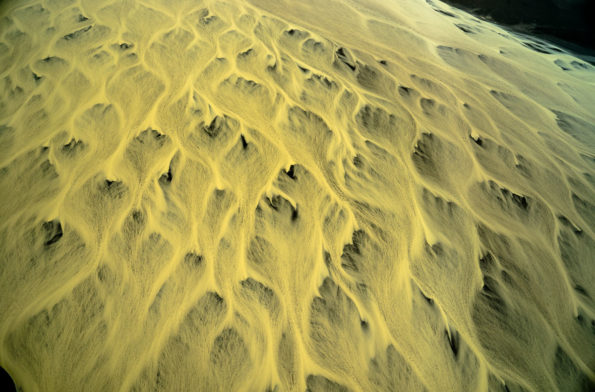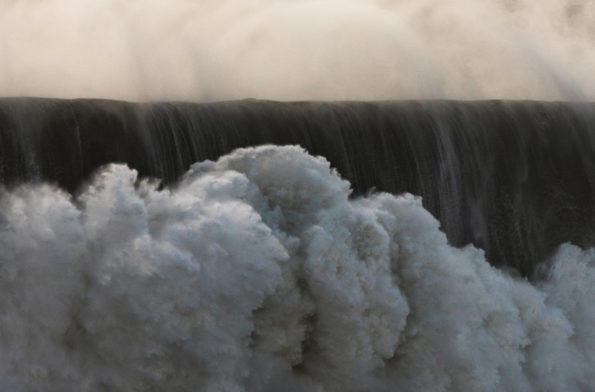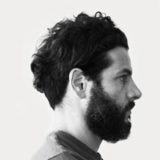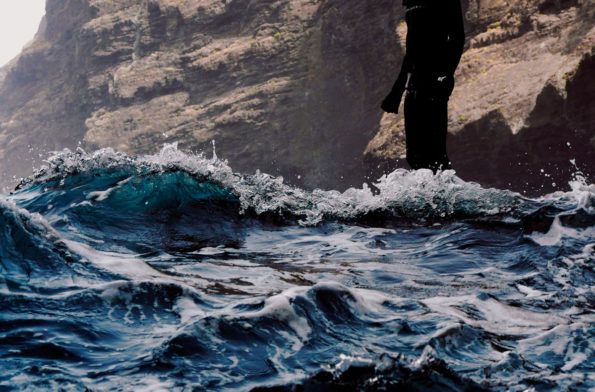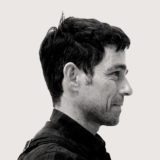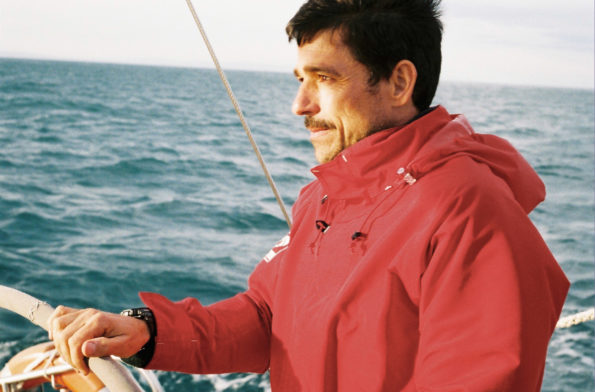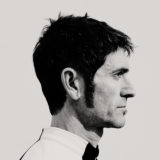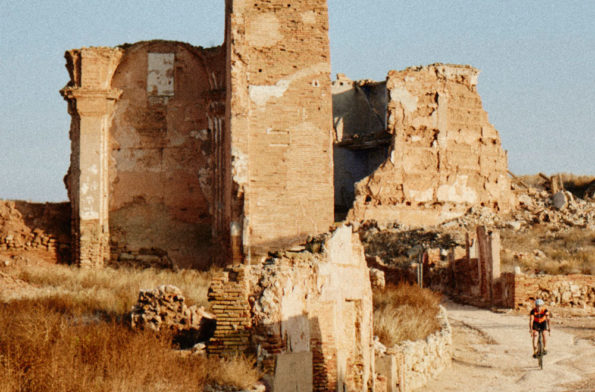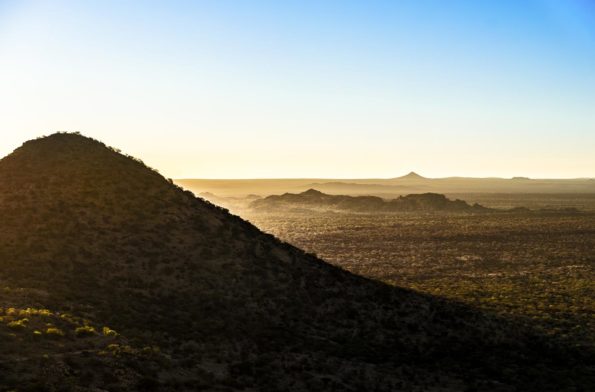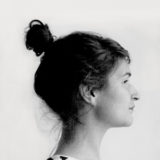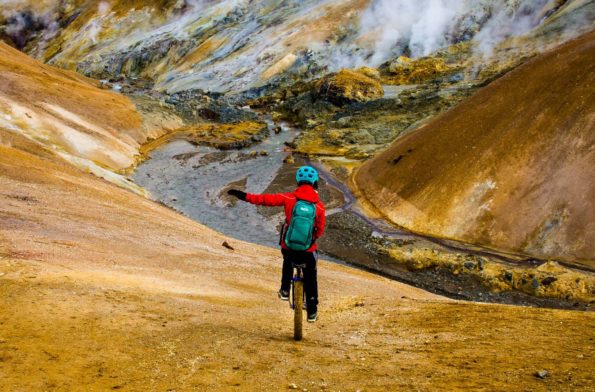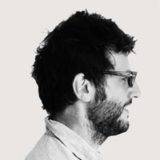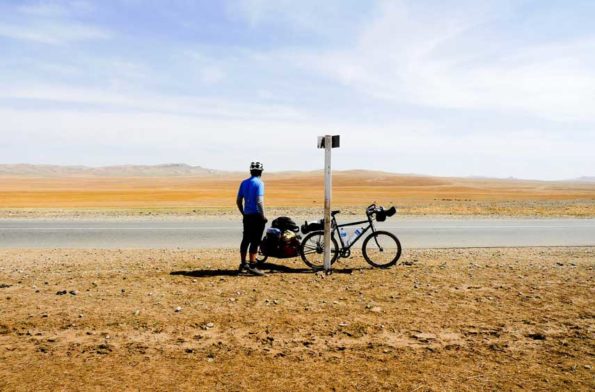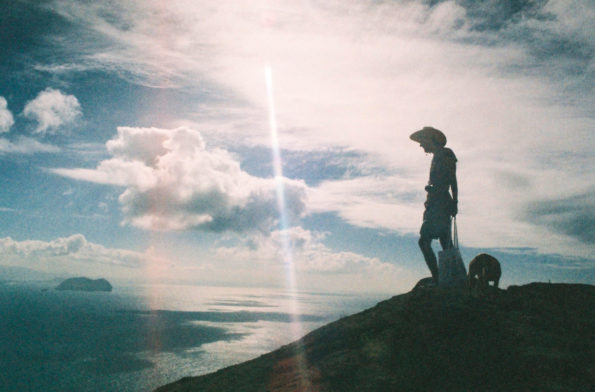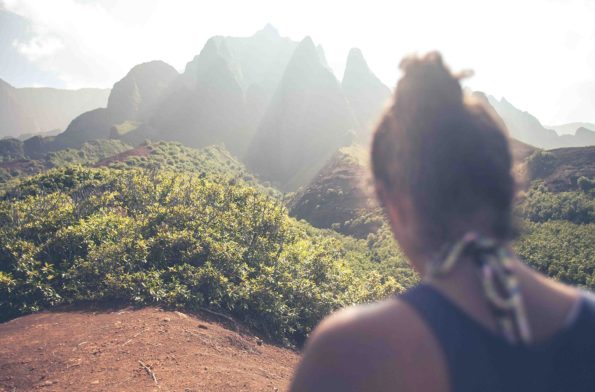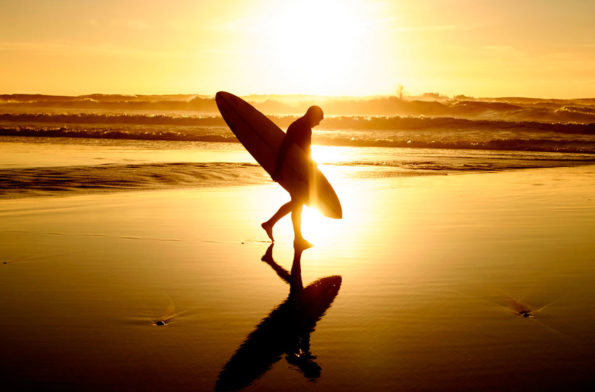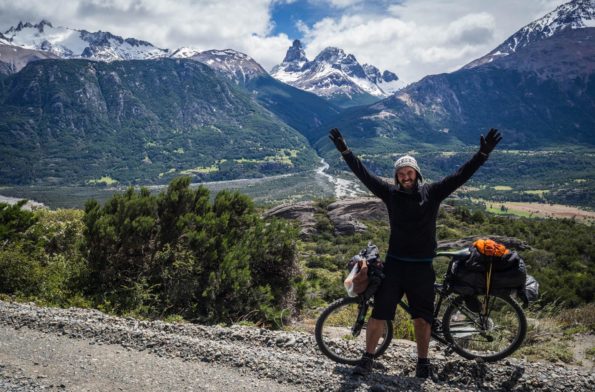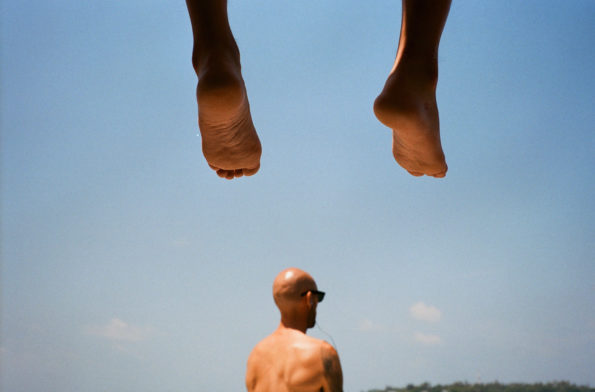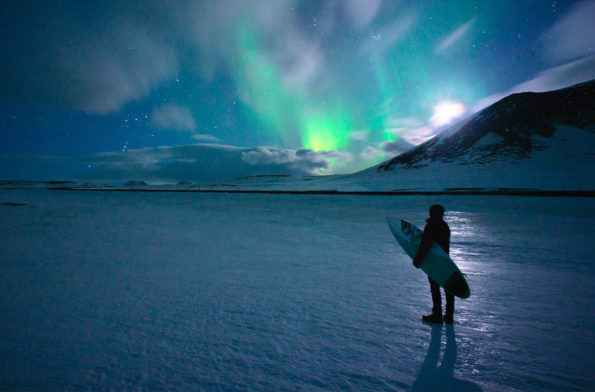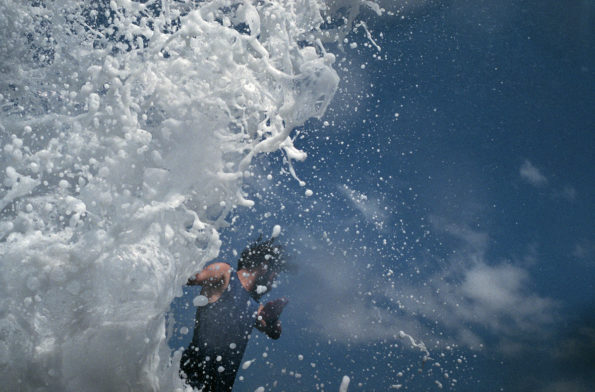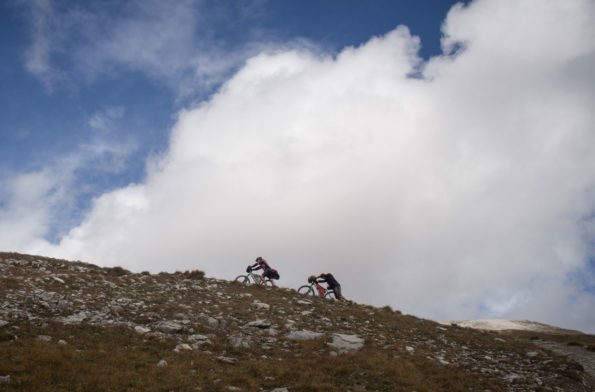The Mother Road, Chapter I
A-Side
Motels, icons, and concrete

Even if the real journey would have started in Illinois a week later, when we landed in NYC we couldn’t wait the adventure to begin. We were swept up in the euphoria. In the stillness of our hotel room in Queens, our minds could not stop imagining how the journey would be and what was awaiting us: on the side of the Route 66 were laying all the things we expected from America, all the visions and stories this country gave somehow to us we now wanted to see with our eyes.
We used to think that crossing a bunch of countries driving a motorhome would be quite easy, though. This was one of the first mistakes we had to learn from. I remember that at some point excitation gave way to nervousness as we noticed that we hadn’t considered some crucial details. Just off Chicago, we had a temperature of 10ºF which meant we couldn’t refill the water tank. What were we going to do?
It’s ironic when you go to the other side of the world and the first thing you see every morning for weeks and weeks is a red and yellow Dry-Thru. In the first days across the Route, we had been sleeping in trucks’ resting areas and parking lots. We had no place to go and we couldn’t refill the motorhome water tank. Still can’t believe the huge row of people at dawn looking for breakfast in front of McDonald’s. These fifteen-minutes-queues at six in the morning at the side of the motorway still.
We spent most of the journey driving. We covered almost 4000 km of this long stretch of road, with its iconic motels, family diners, neon lights, overheated radiators, shiny urban signs, endless deserts. Since its establishment in 1926, the U.S. Highway 66 has been for decades the major path for commuting from one side of the country to another. It is still the route narrated by poets and songwriters but as the road is no longer part of the US Highway system some of its parts have fallen into disrepair and it has lost the sheen of the good old days.
I was amazed by the huge contrasting and diverse lifestyles you find along the way. You drive across poverty and see flashes of opulence and decadence, glories of a near past that doesn’t exist anymore. Of course most of the people you interact with are those who spend most of their daily lives on the road. Travellers in seek of adventure, workers who wake up at 6AM and have their breakfast on their car seat, gypsies occupying abandoned houses, common people who have been living there all their life and have their business along the route. These communities are the ones who grew to the roadside and lived a period of prosperity due to the popularity of the highway, the same ones who unsuccessfully fought until the end to keep the route alive.
In one of the stopovers we did in a tiny typical store in Missouri, I met a man sitting in the corner, having a meal. He kept looking towards me so I got closer and started talking to him. He wanted to know what we were doing there, where we were heading towards, how many hours we had already spent driving that day and all the normal questions you ask in those situations. Conversation was flowing naturally until he wore the kindest face he had and with a soft, calm voice asked me if I would remain living there with him, telling me that there was no need to keep travelling and that if I would stay there I would be fine. Even if I didn’t really take his words into consideration, it was clear that he just wanted to talk. Most of the people we met in motels and diners were spending long hours without talking to anybody so they would take every chance to spur on a conversation by asking questions to find a common connection.
Along the route you meet warm and friendly people. Everybody is so curious and open. Whenever we would stop and have a talk with somebody, I felt that they were really pleased to talk to foreigners, to know what’s on the other side of the Pacific. “How I wish I could make the route like you are doing now, guys!” most of them told us. You feel satisfaction in their words. Not wishing to live somewhere else or looking at the past with some nostalgic feeling, most people say they are just fine. With the life they have and the things they do. Perhaps it is not completely true, but this is the face they show. The only side of them you can see from the road.
Gasoline stations, motels, houses, diners, billboards all face towards the front where no one sees their back. Most buildings there all feel the same. Regardless of the front, characterised with strong colours and huge graphic signs to be seen from the road, the back of the buildings are styleless and irrelevant. Architecture represents a symbol more than structure: as architect and artist Robert Venturi noticed, it works as “symbol in space before form in space”.
Vegas. We had been thinking for days if we were going to the small city of Nevada. Vice and money. We could be heading towards a total disappointment. City lights and hotels. Once we arrived in Los Angeles, still we weren’t sure if we would keep moving towards California or not. Desire and lack of control. Then, we eventually switched our motorhome with an old convertible Mustang and headed towards the Strip.
We found ourselves surrounded by huge lights, dancing fountains, glamorous hotels. The only thing we could think about was to park the car and get involved. That night some of us won and some others lost. We played and played without really talking to each other for hours, while hatred and excitement mixed: the truth is that the environment gained full control of our thoughts. That night I remember Vegas taking hold of us.
We eventually moved beyond all those shiny lights. As you drive towards West, wild nature alternates with intermittent spurts of urbanization and buildings and signs are a whole. You go and stop, you pass across continuity and discontinuity, order and disorder, communities and individualism. When you set off and make your way across the road, you understand why you are travelling and creating yourself basic problems like where to sleep at night or struggle looking for a place to drink something after eight hours driving. Sometimes you feel you set off in order to create yourself problems and find the way to solve them at the same time.
Next chapter of Anne Roig’s experience “B-Side. Sands, canyons, and contemplation” will be out in two weeks.
Photography. Anne Roig
Words. Vincenzo Angileri Editor

Anne Roig
Photographer


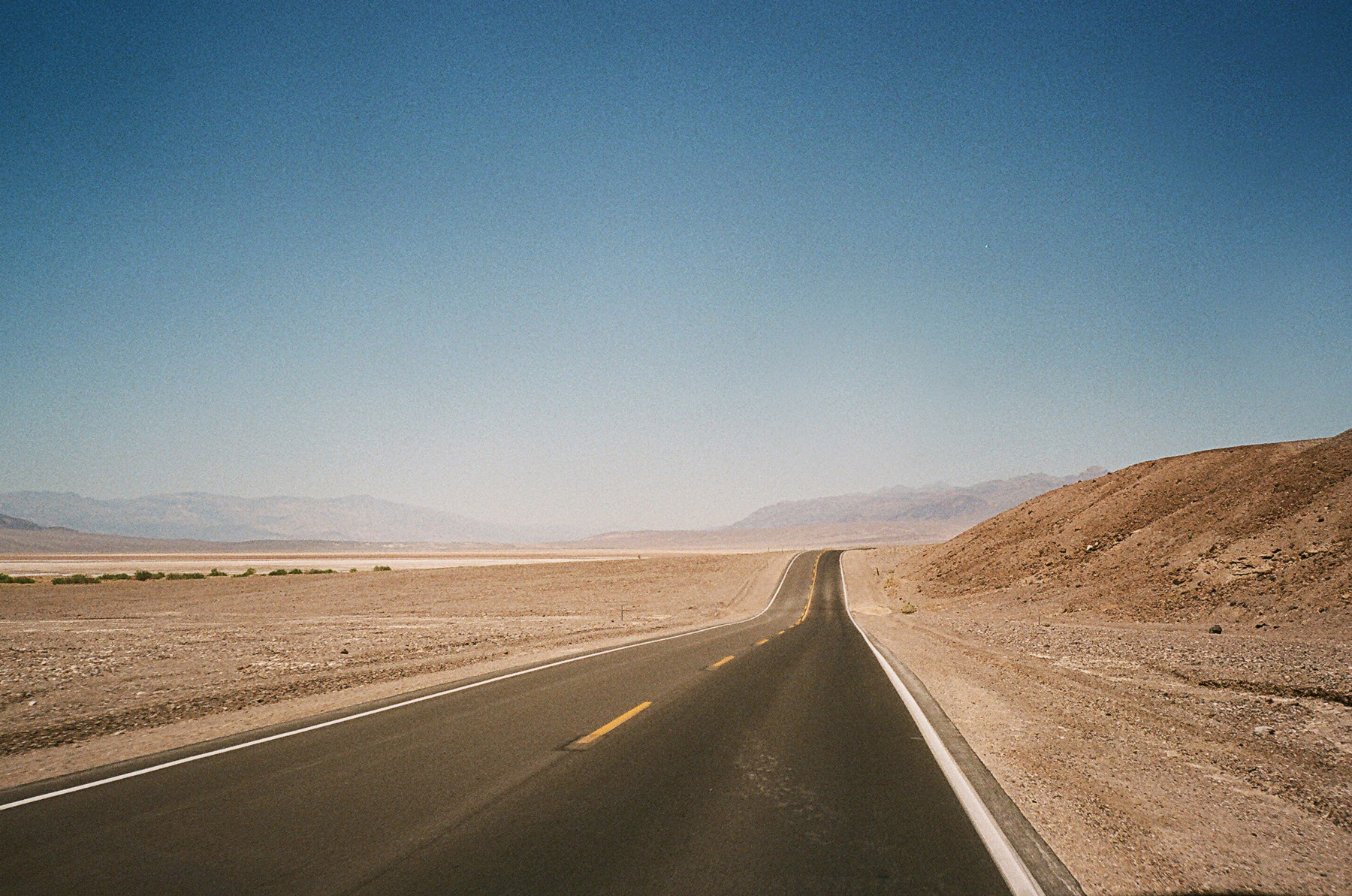
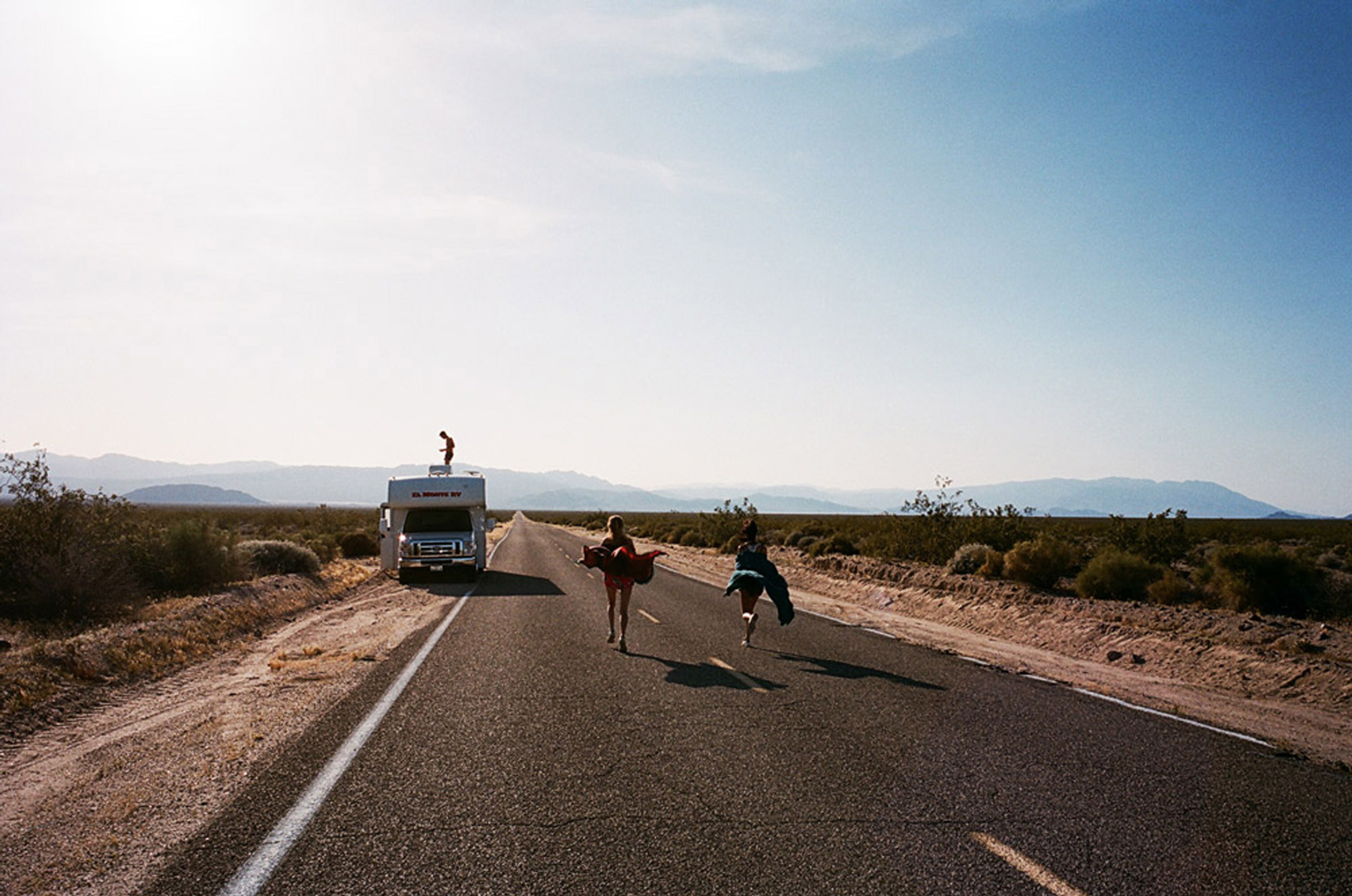
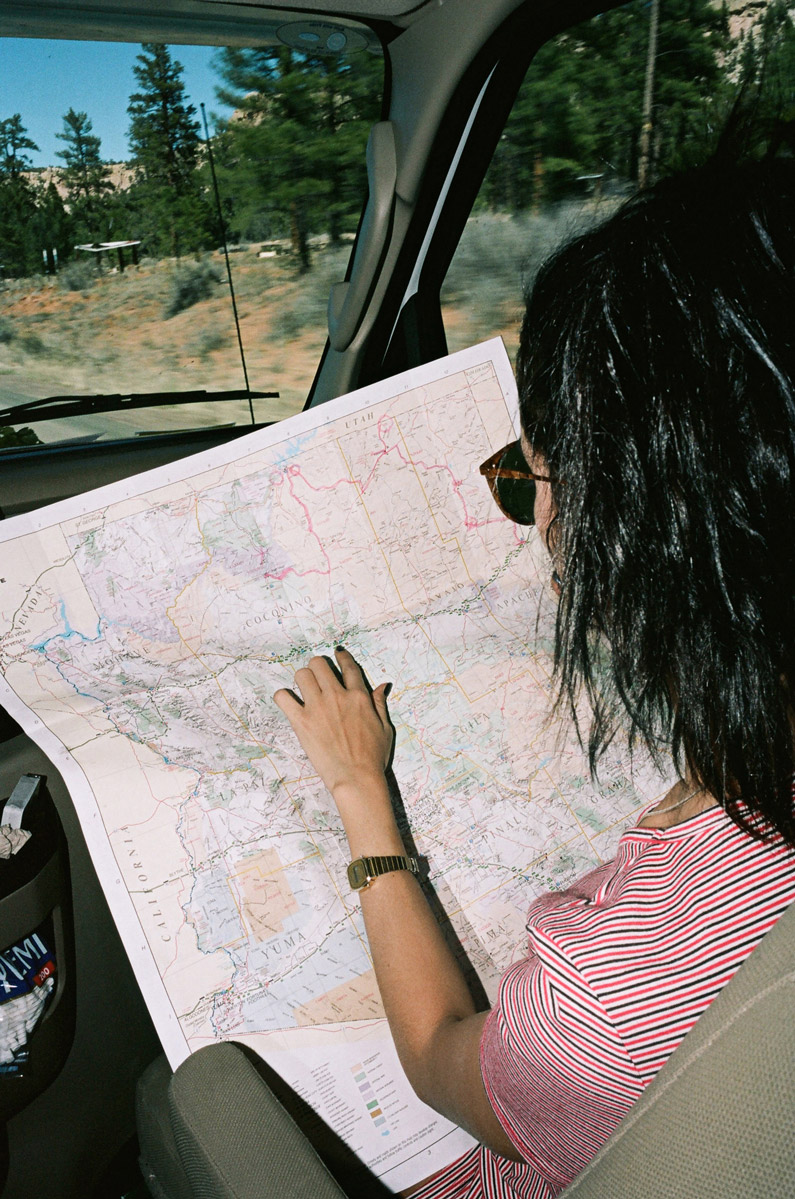
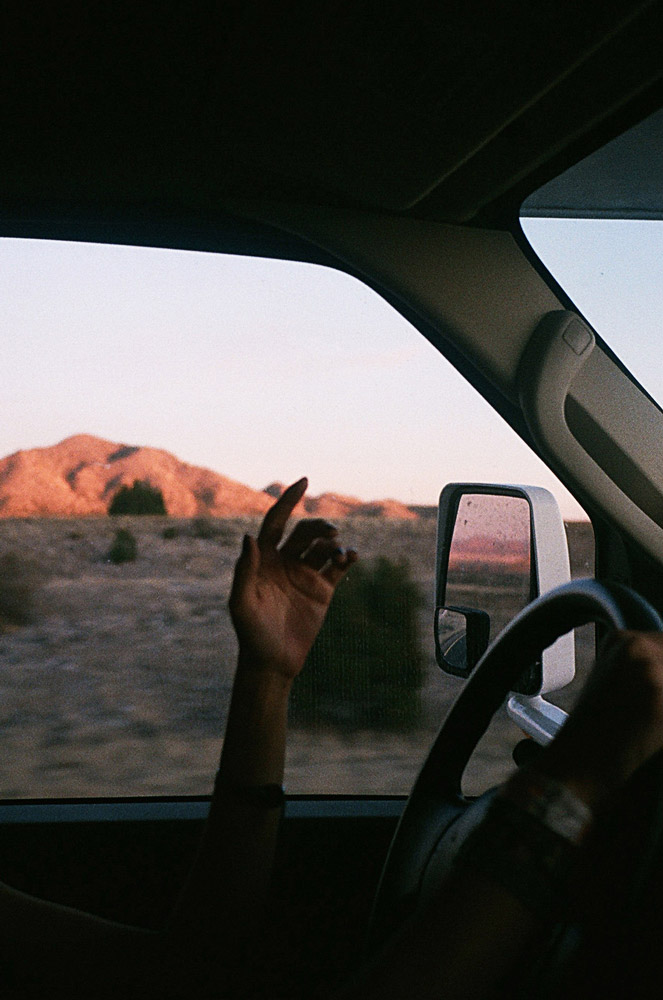
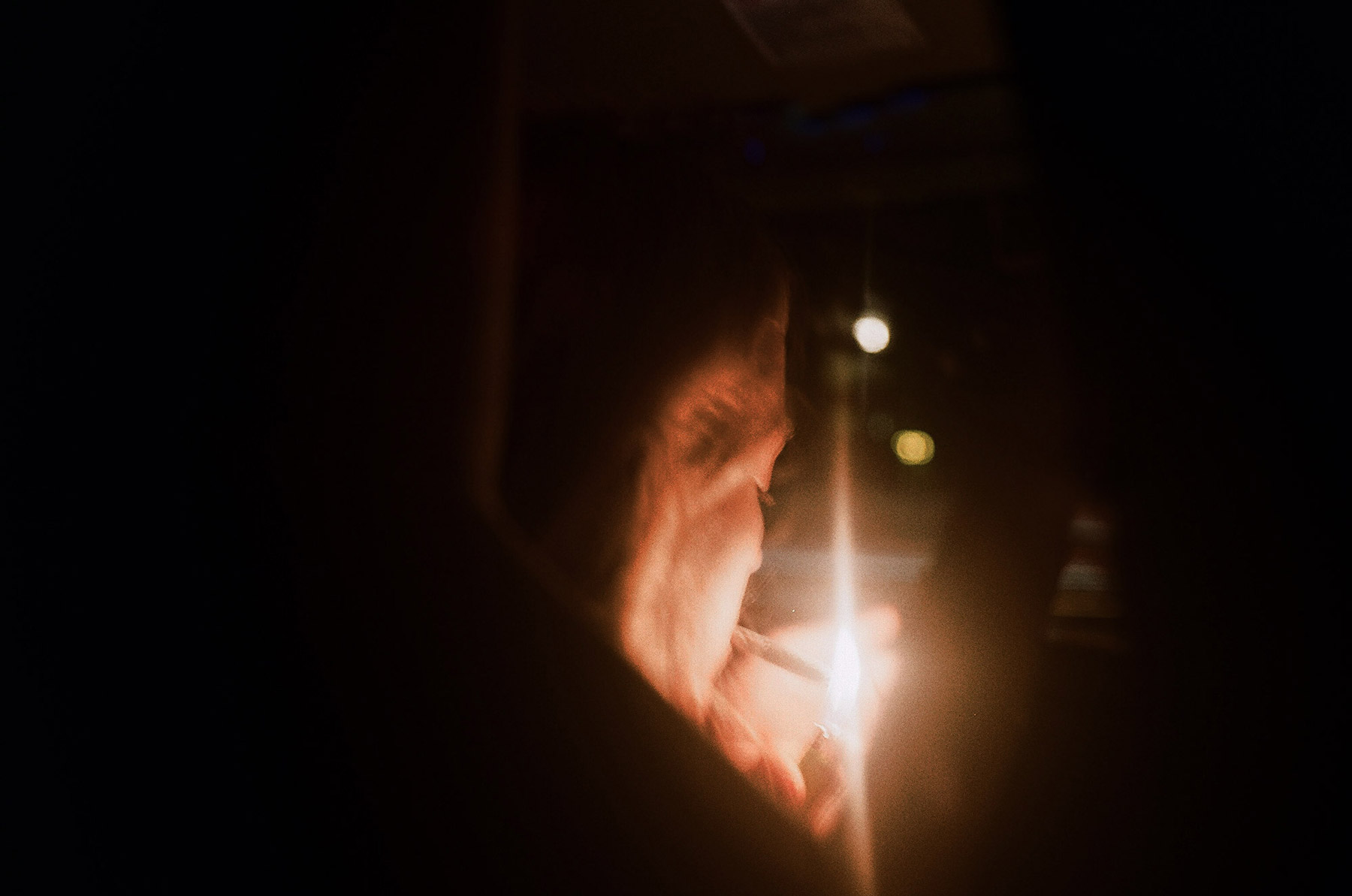

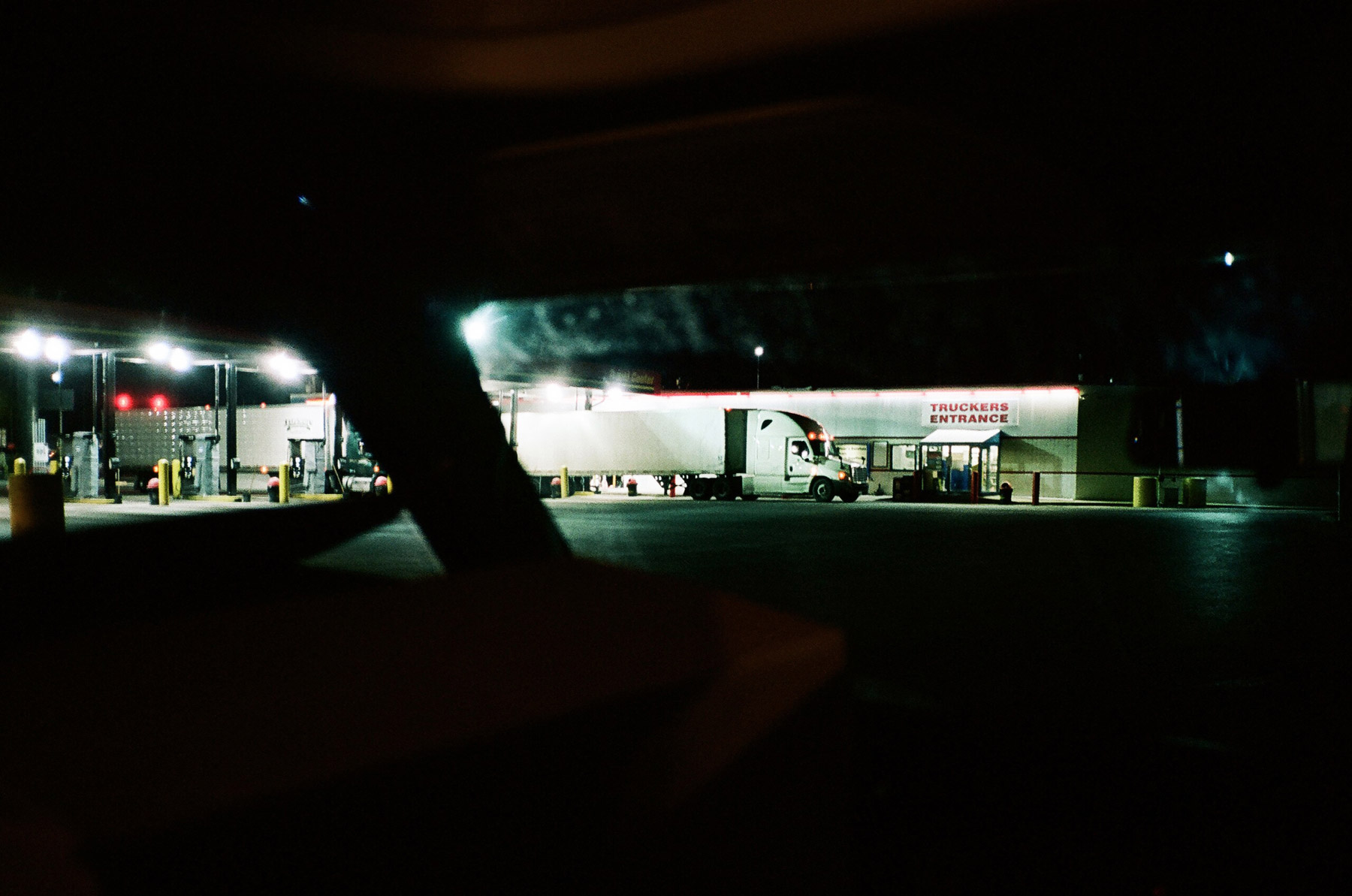
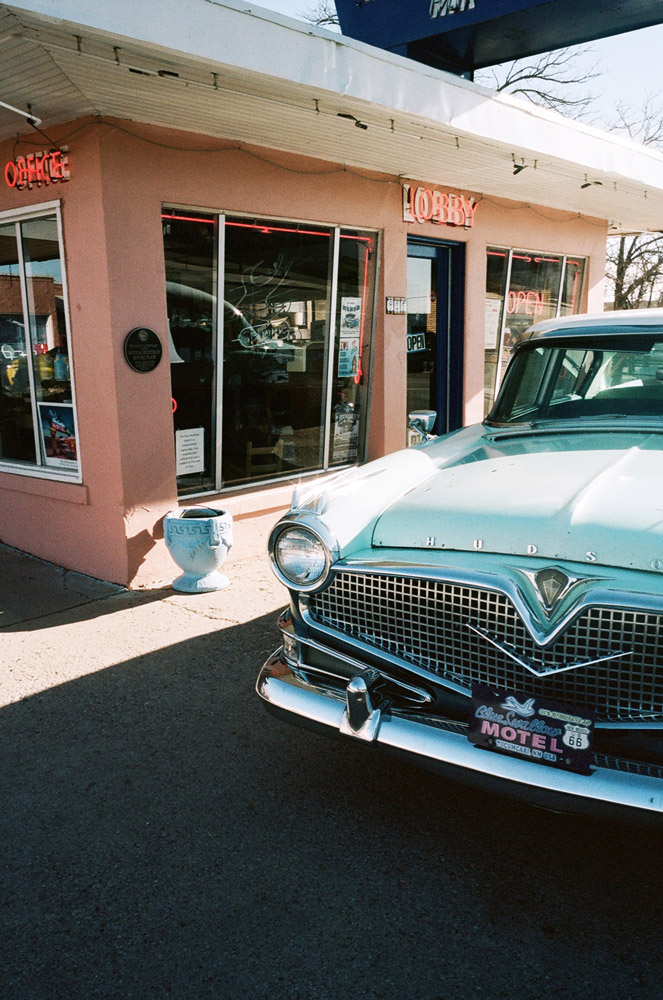
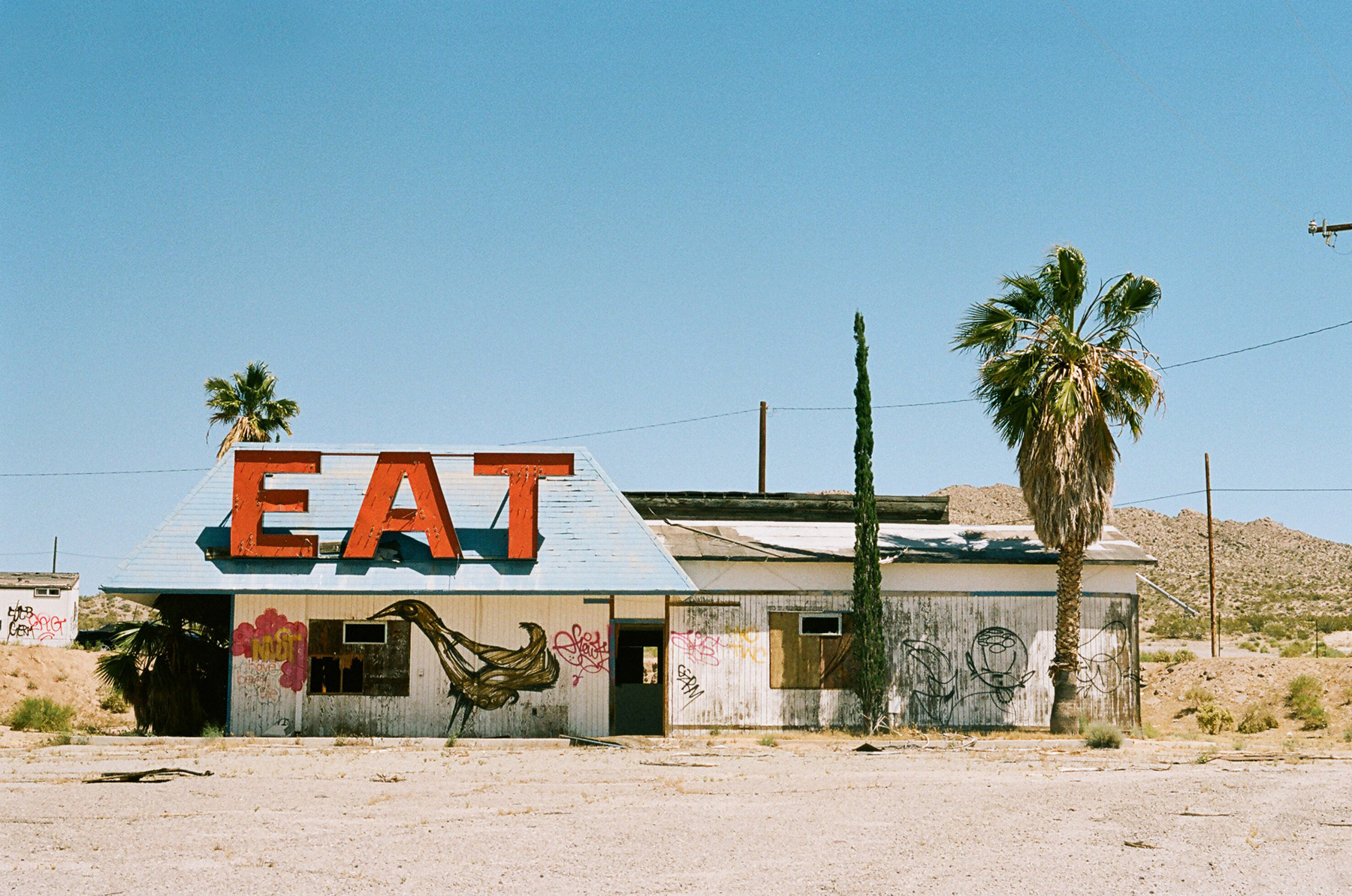

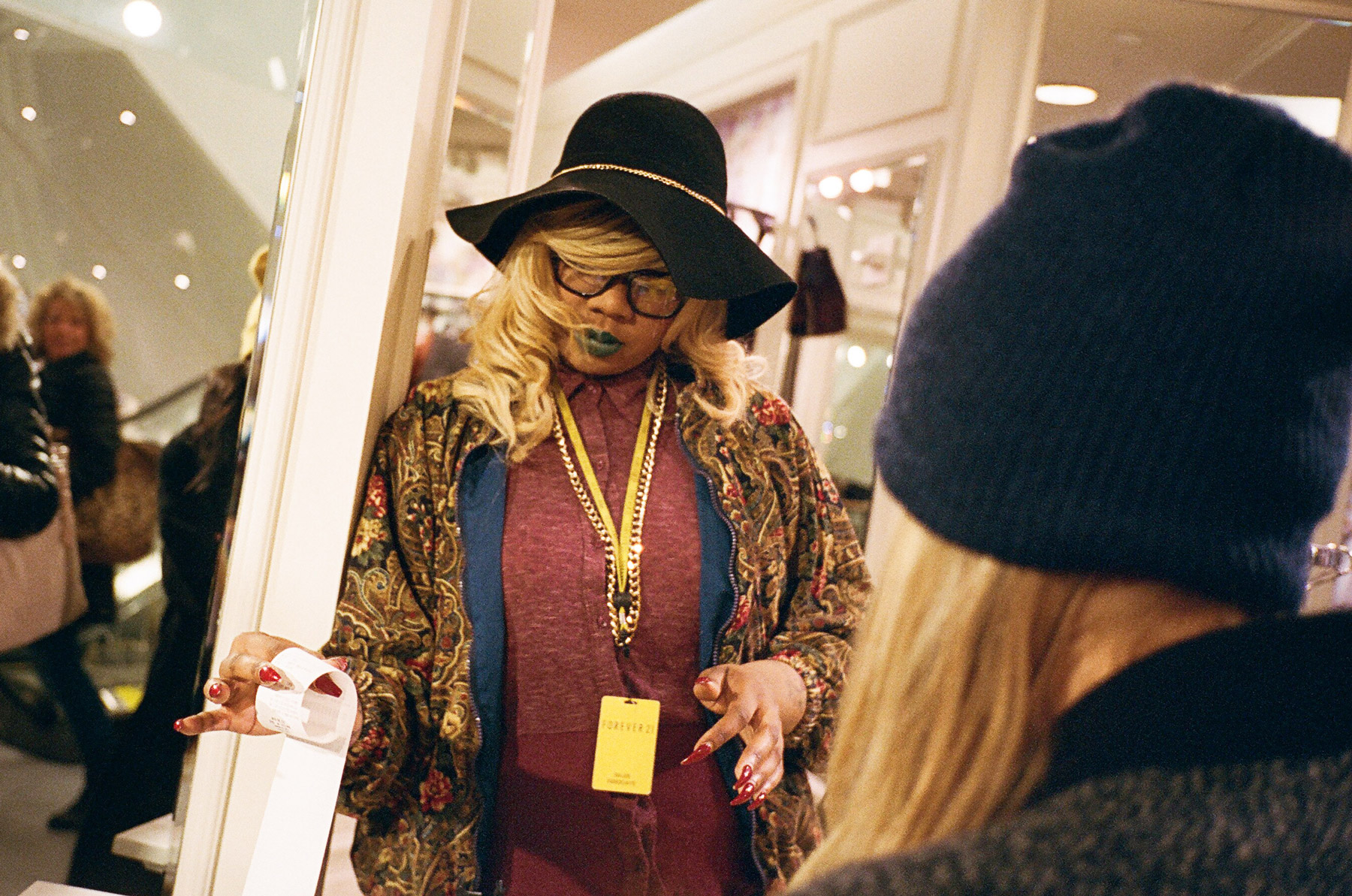
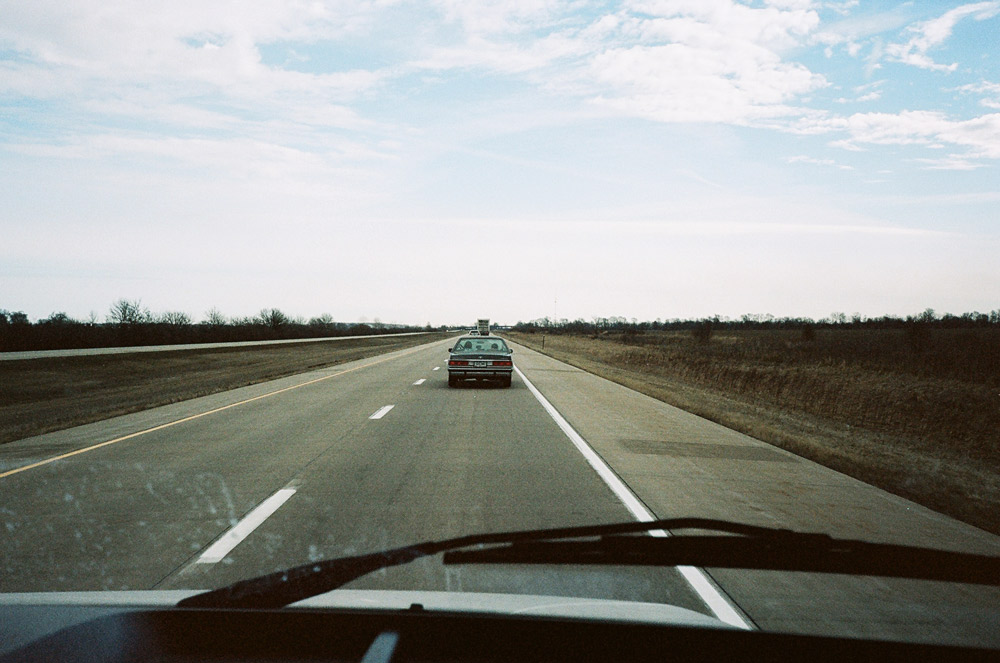
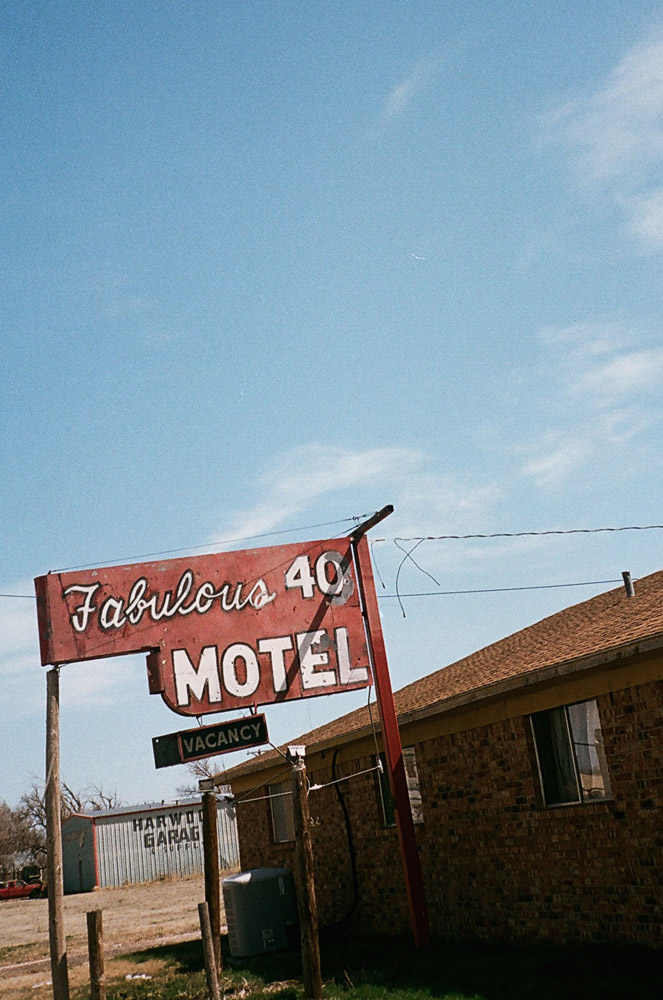
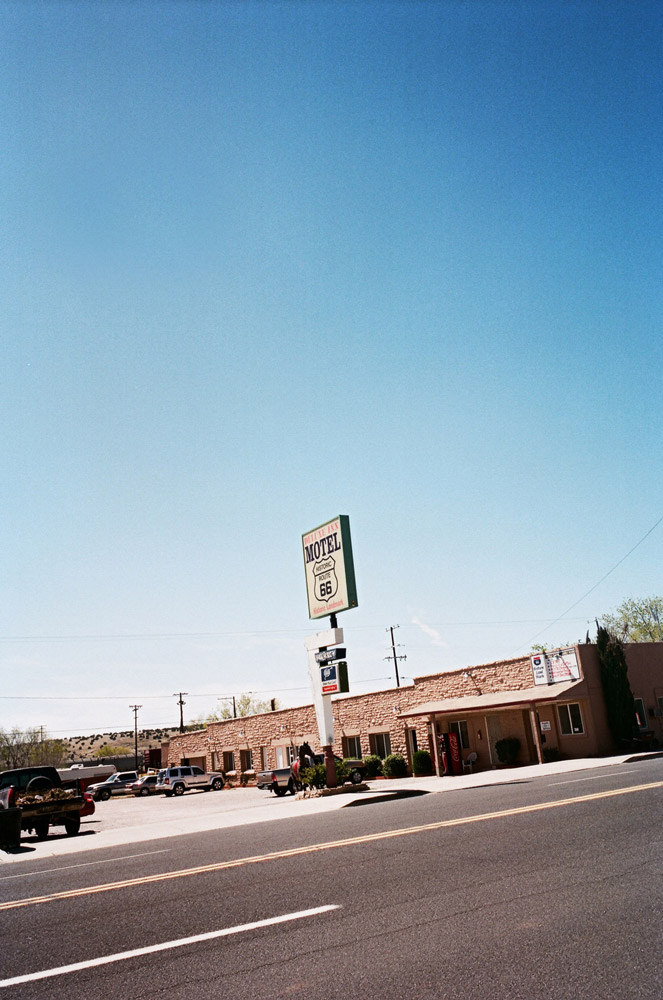
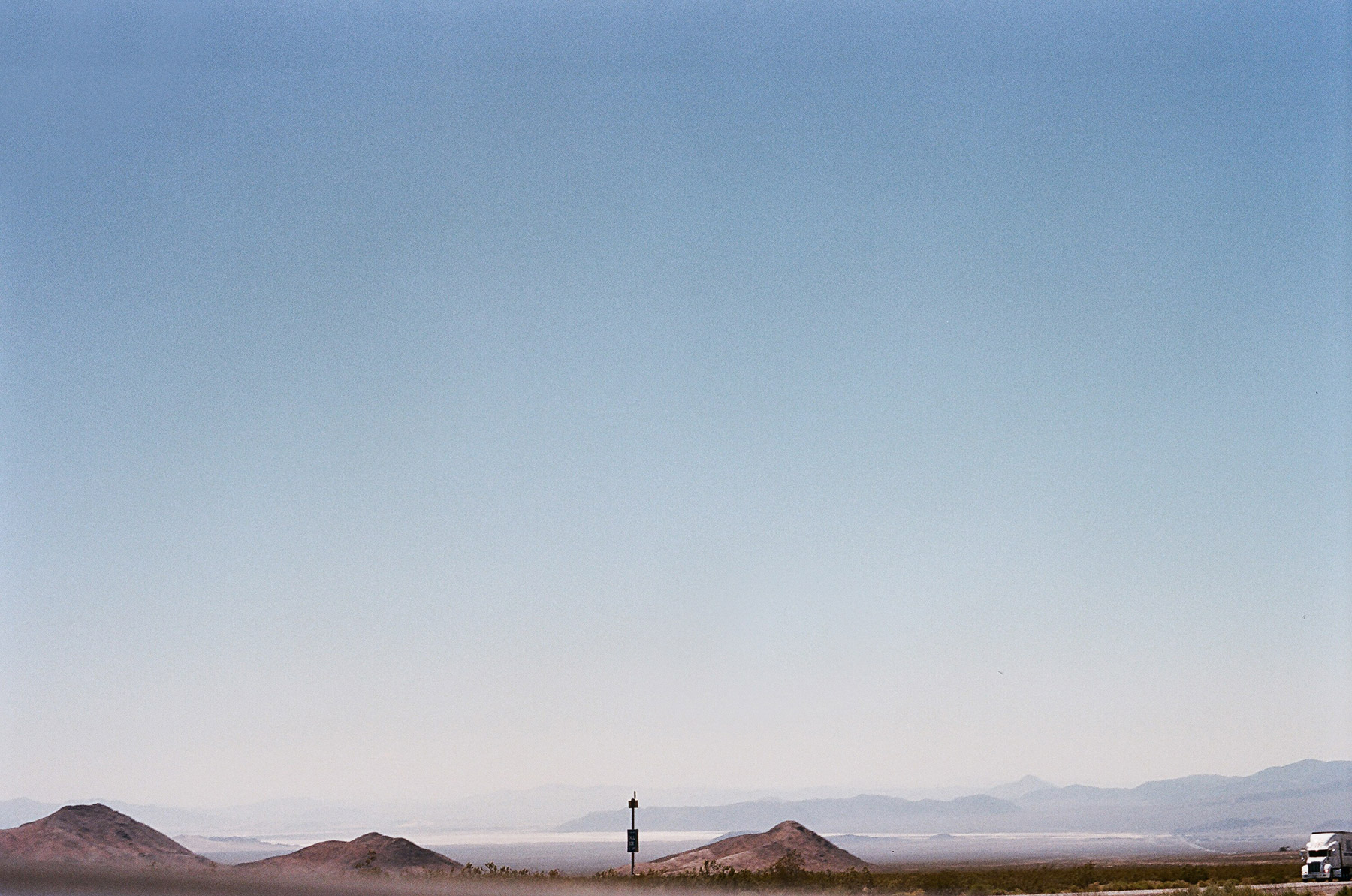
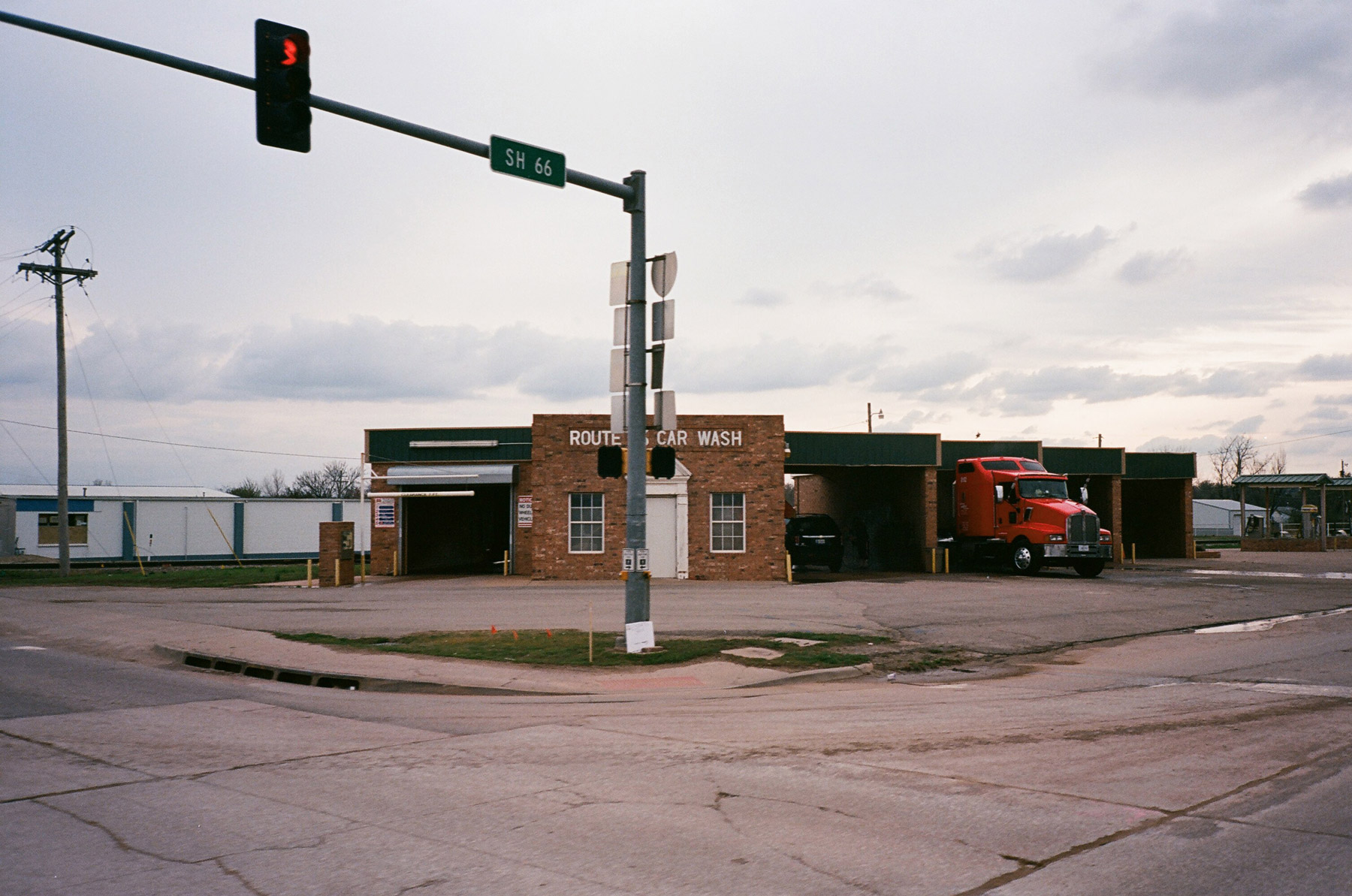
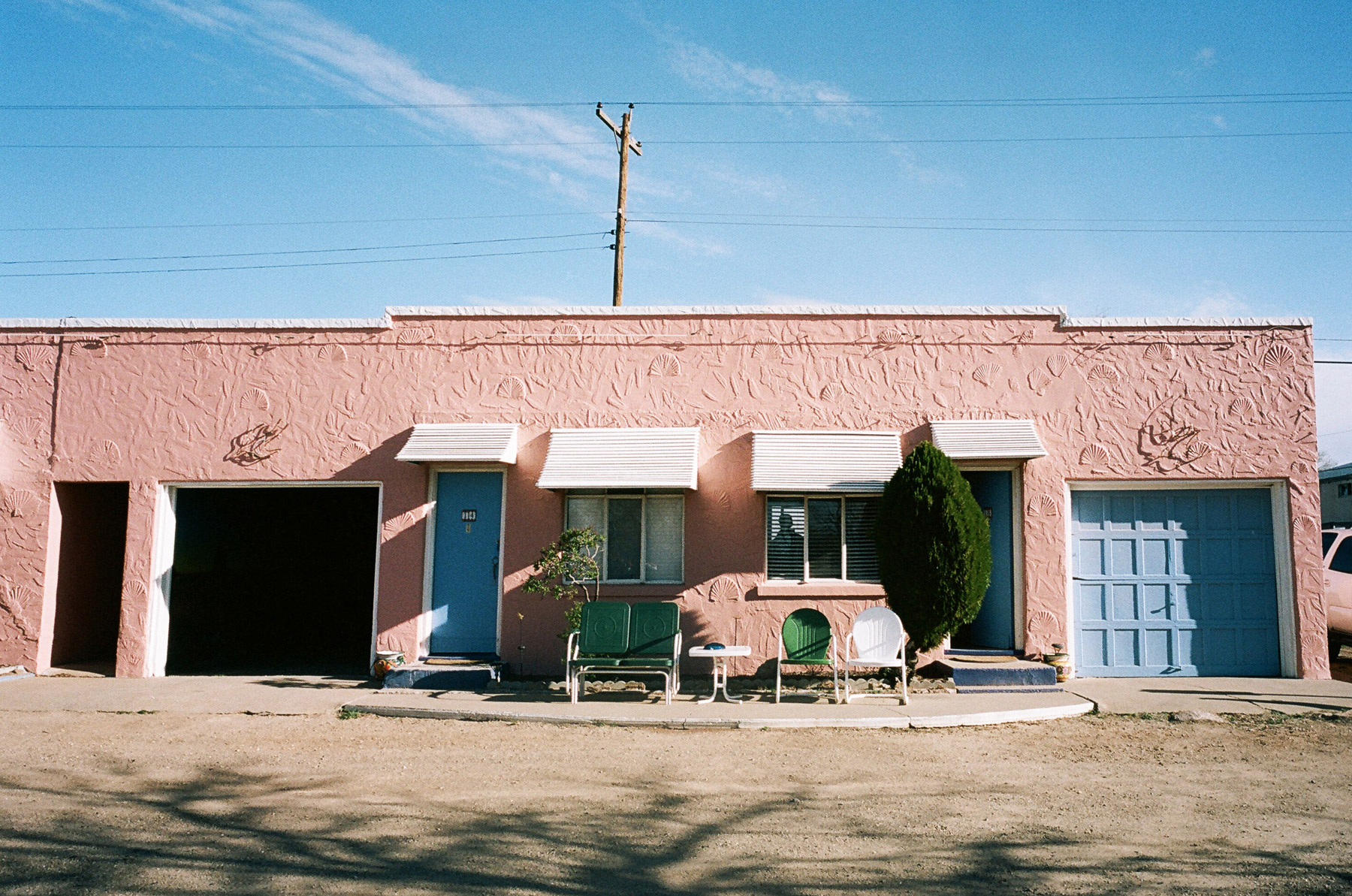
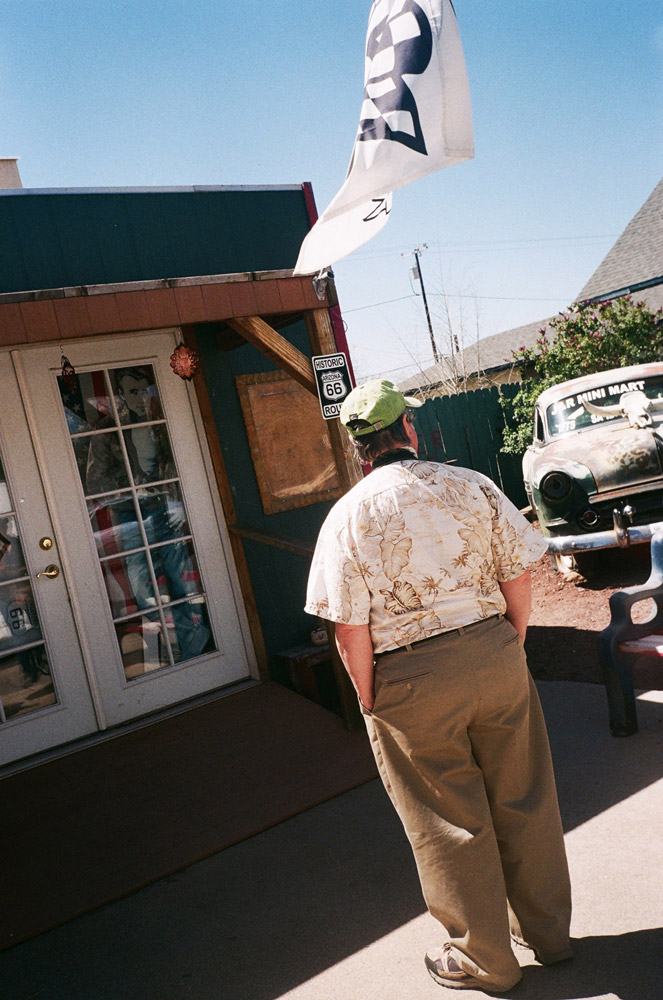

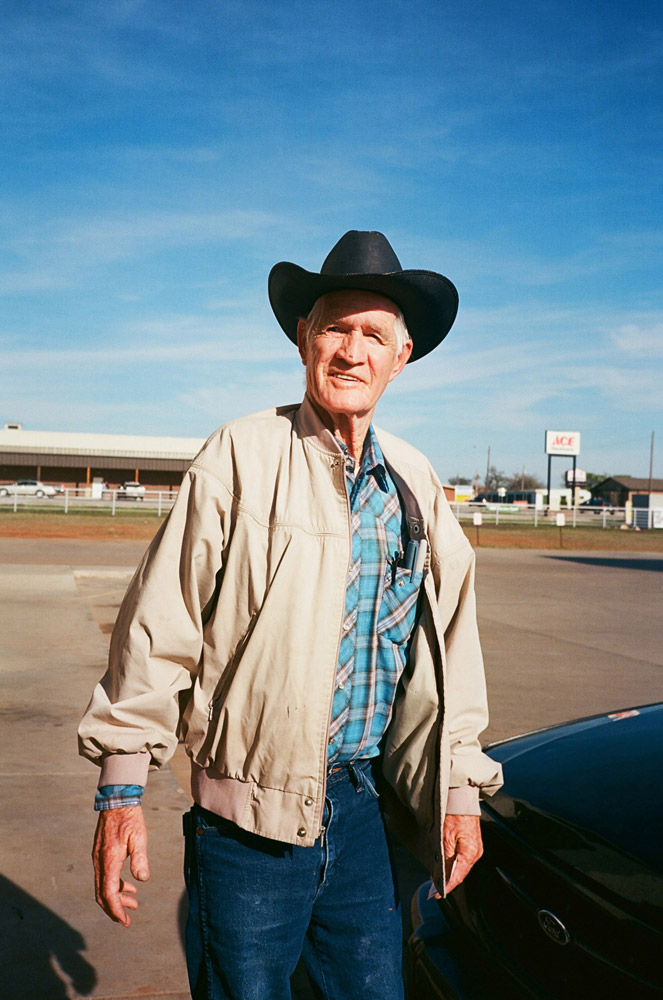
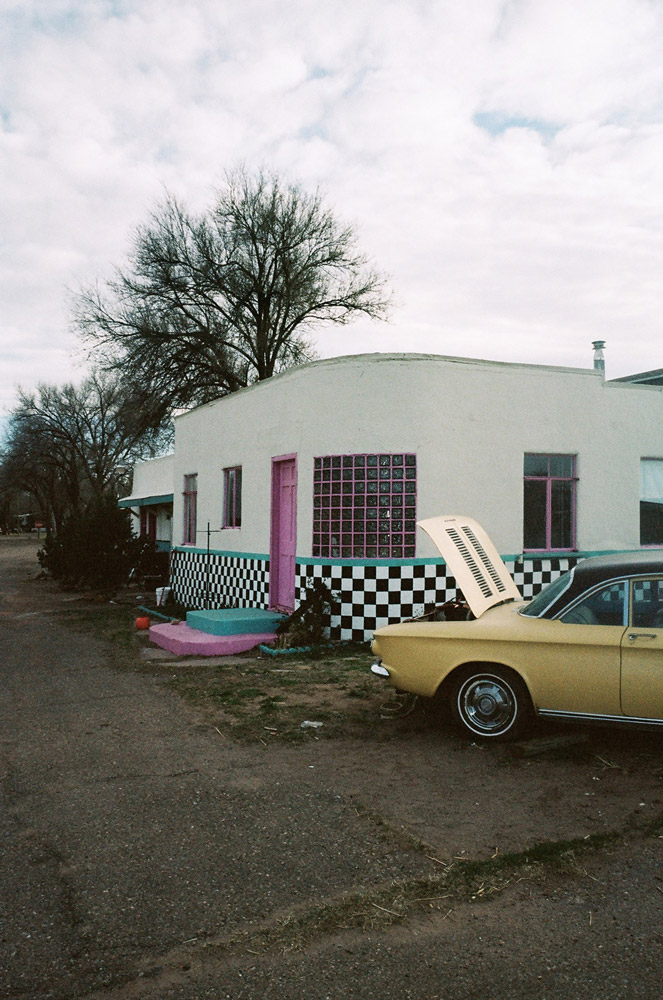
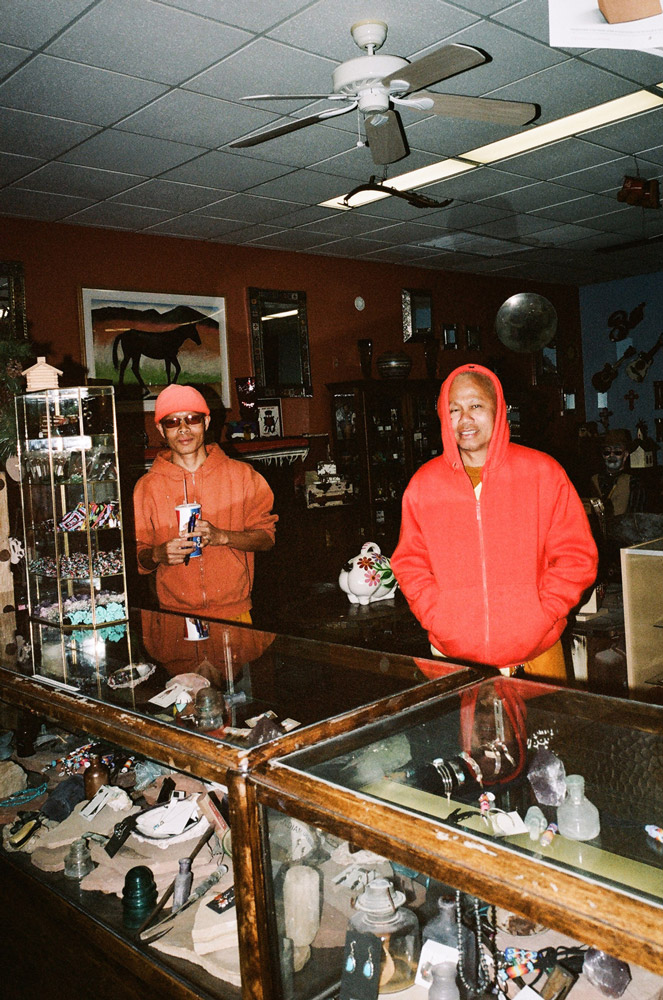
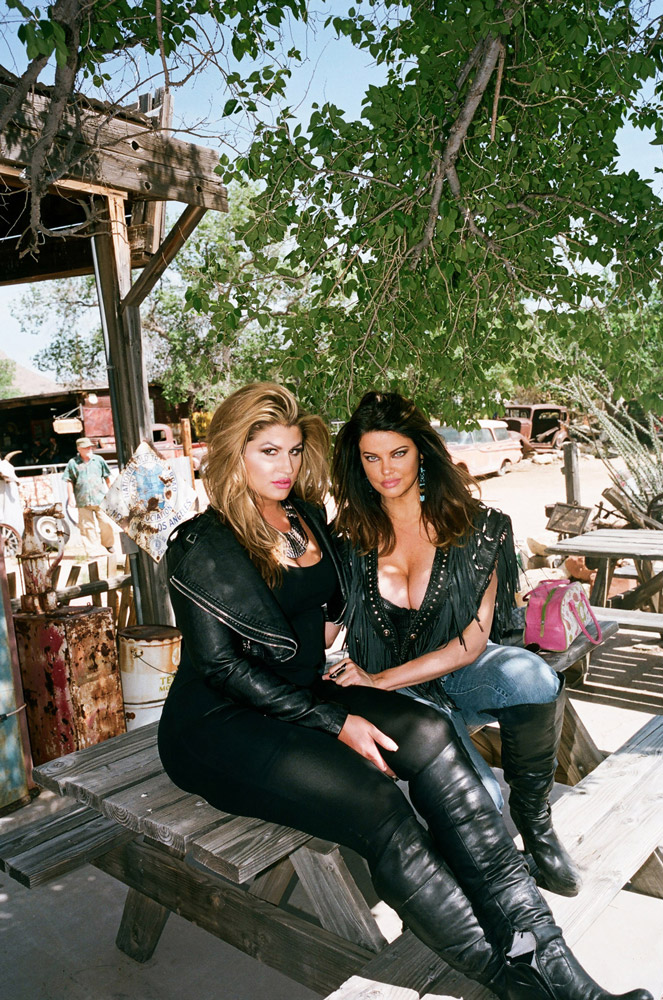
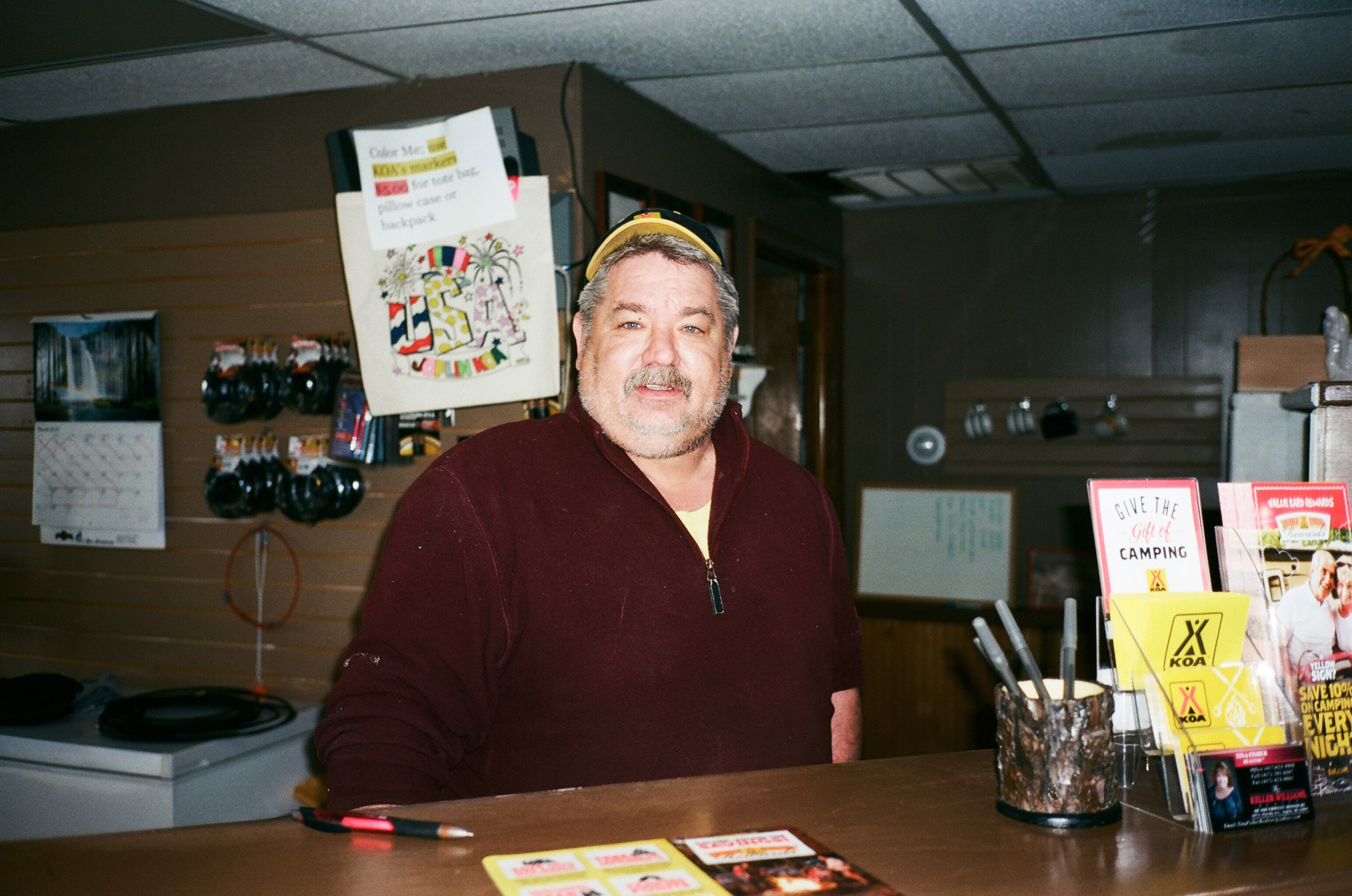
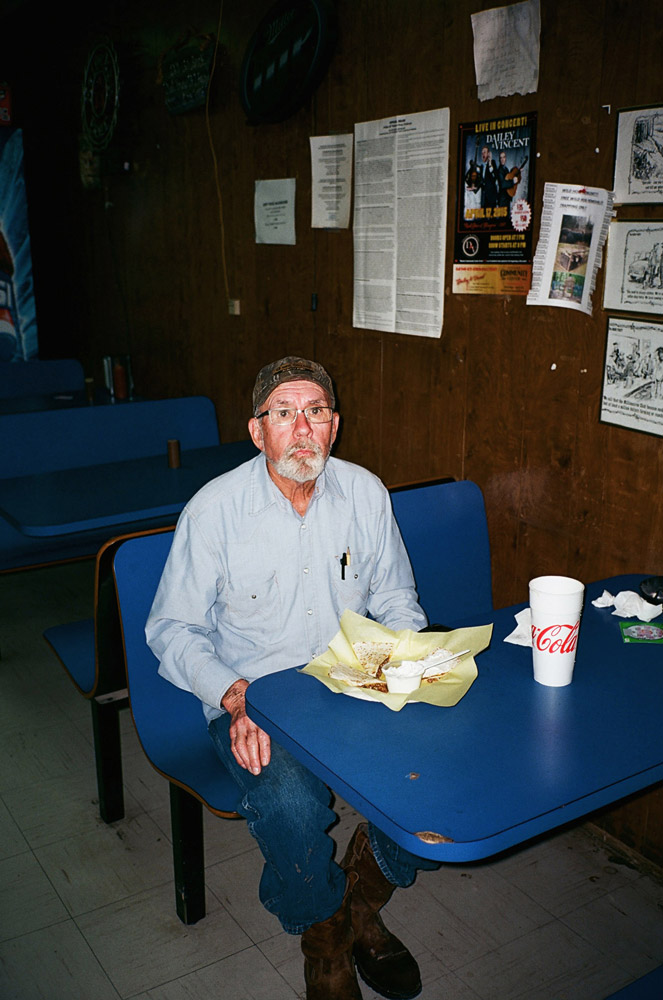
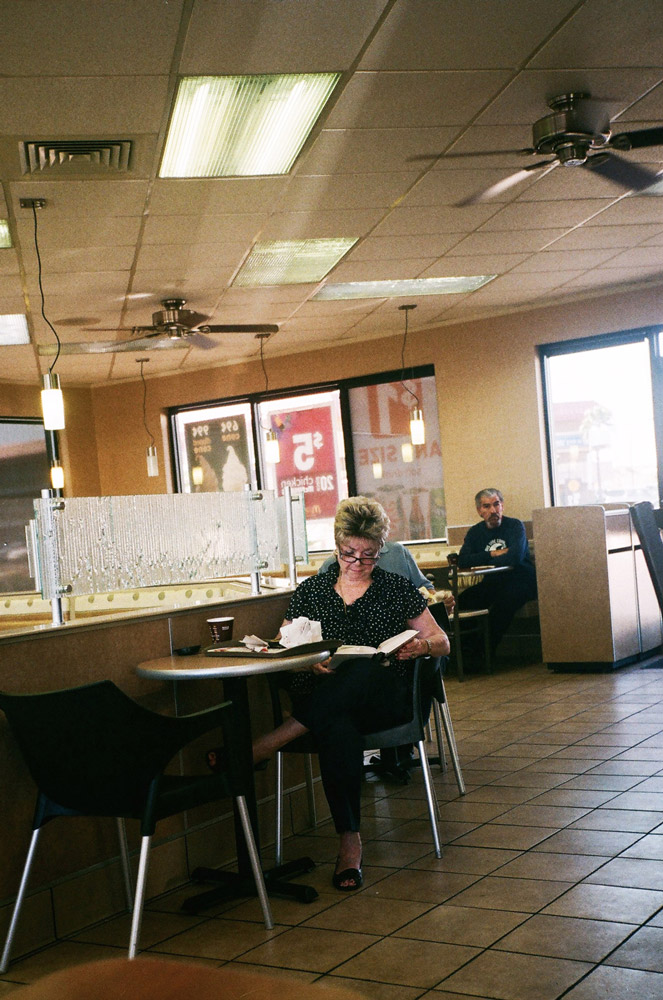

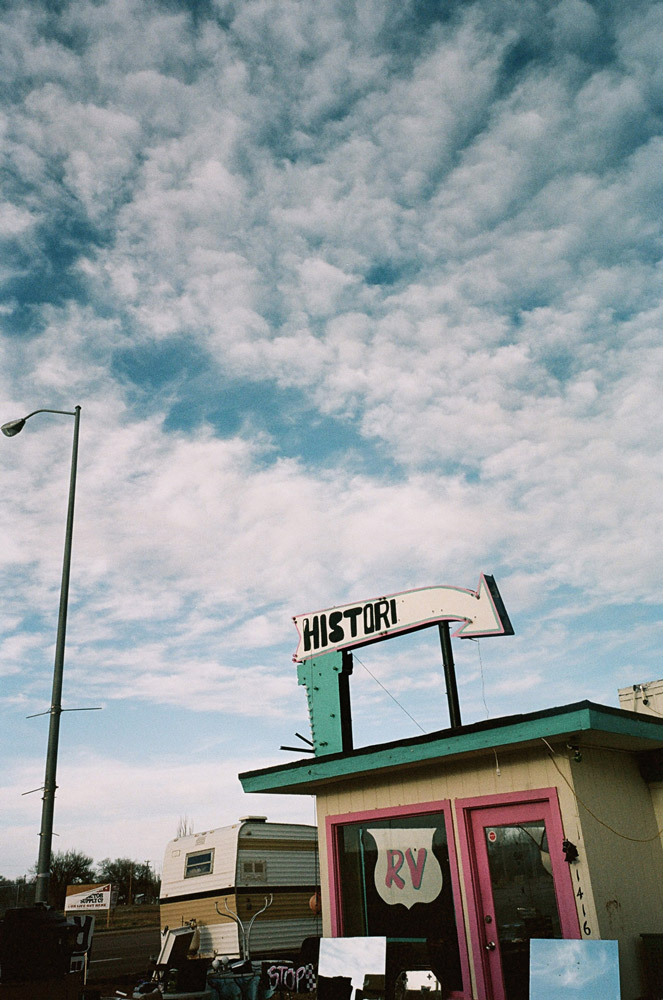
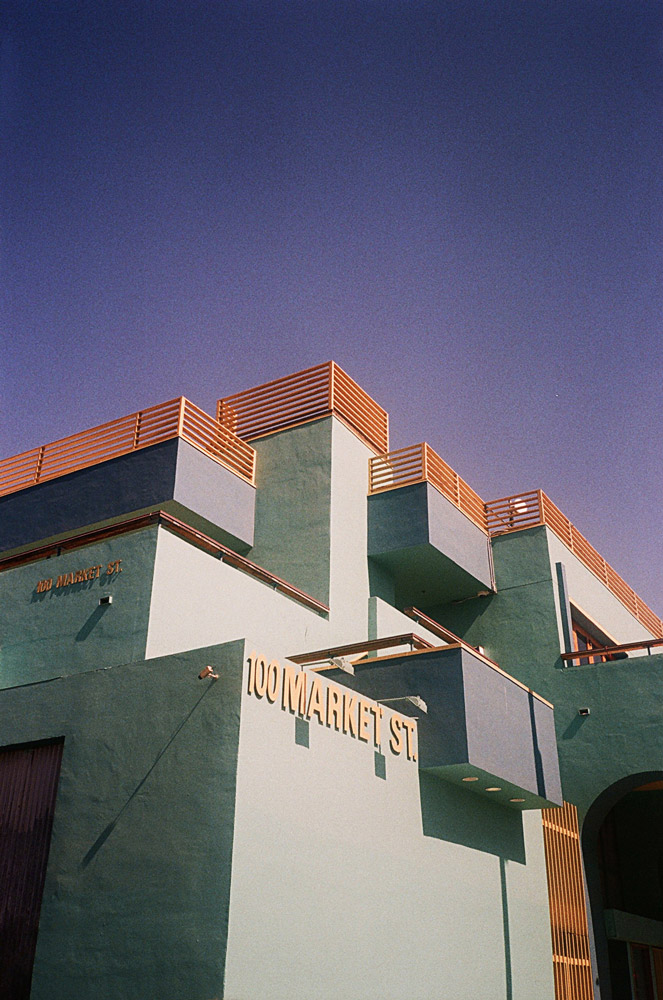
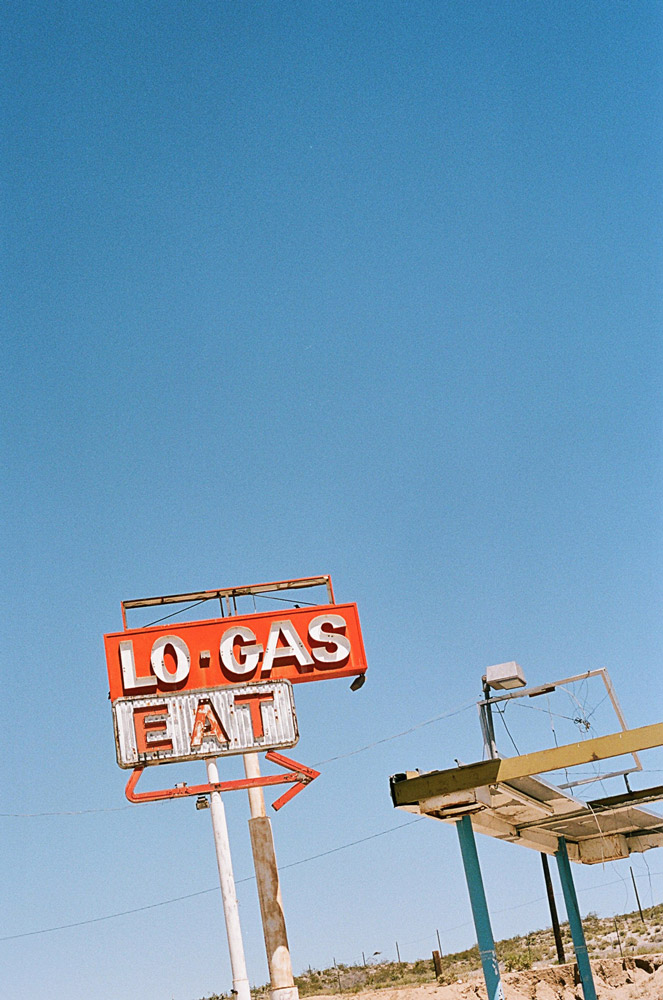
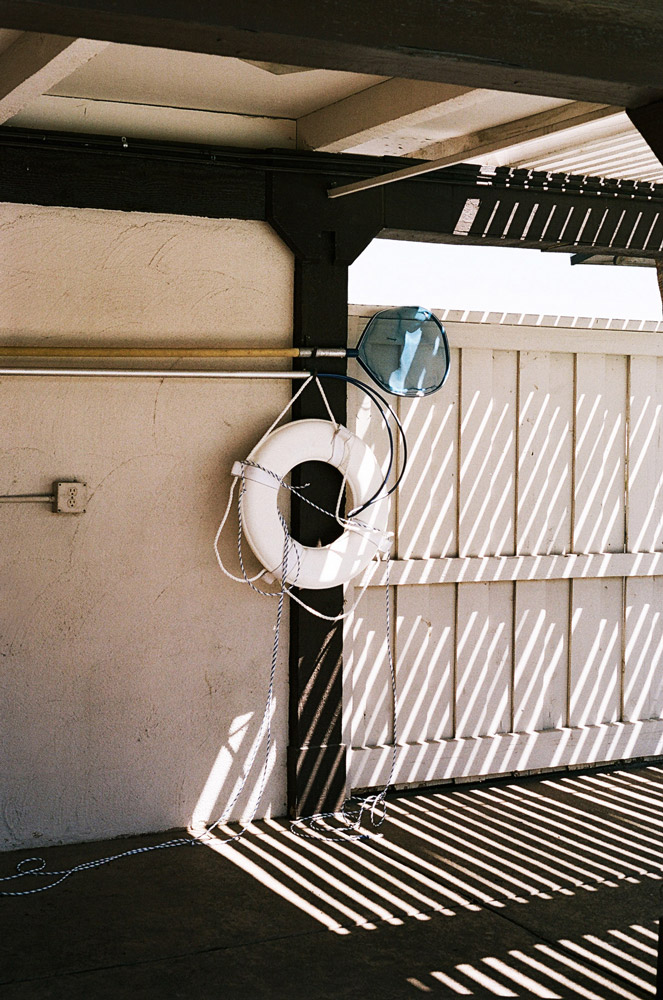
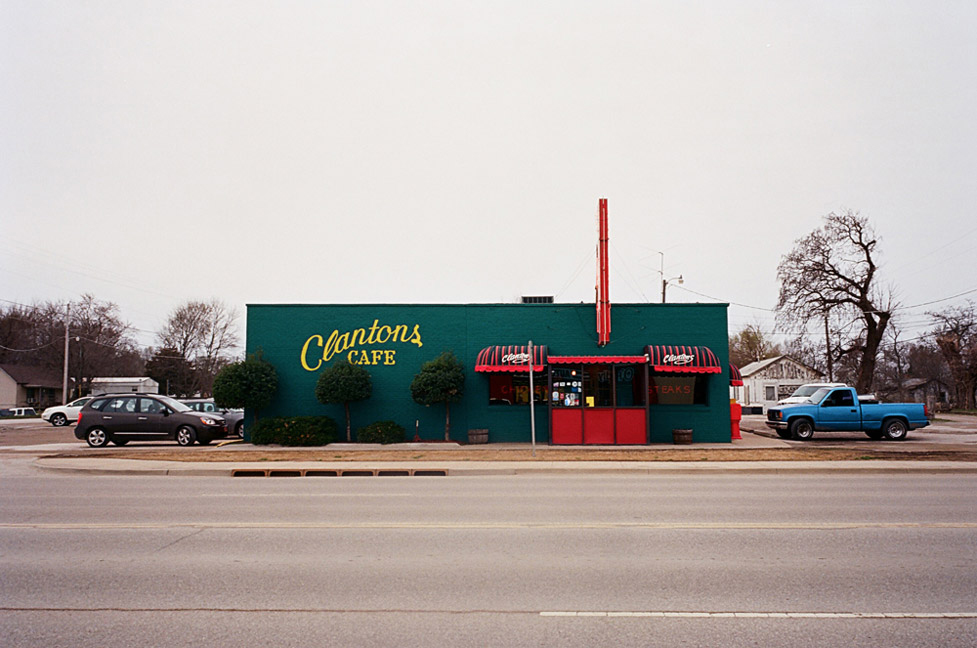

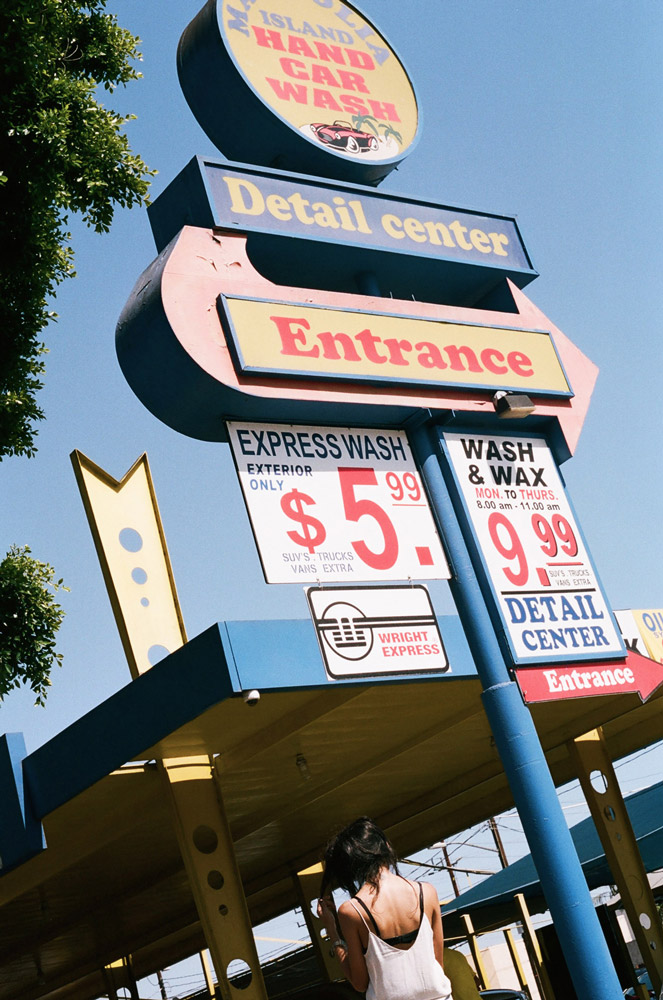
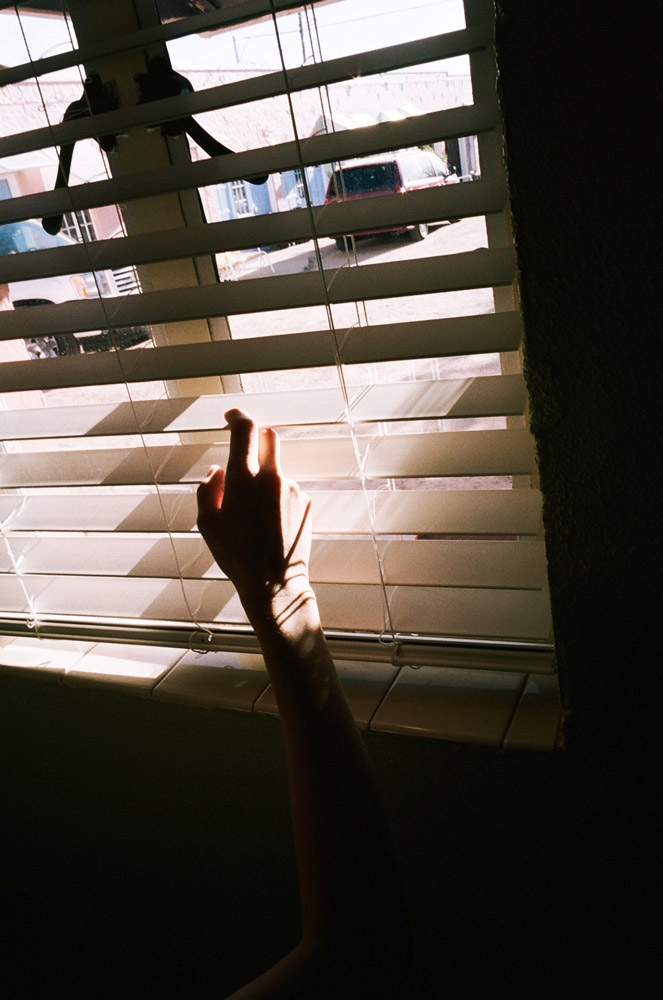
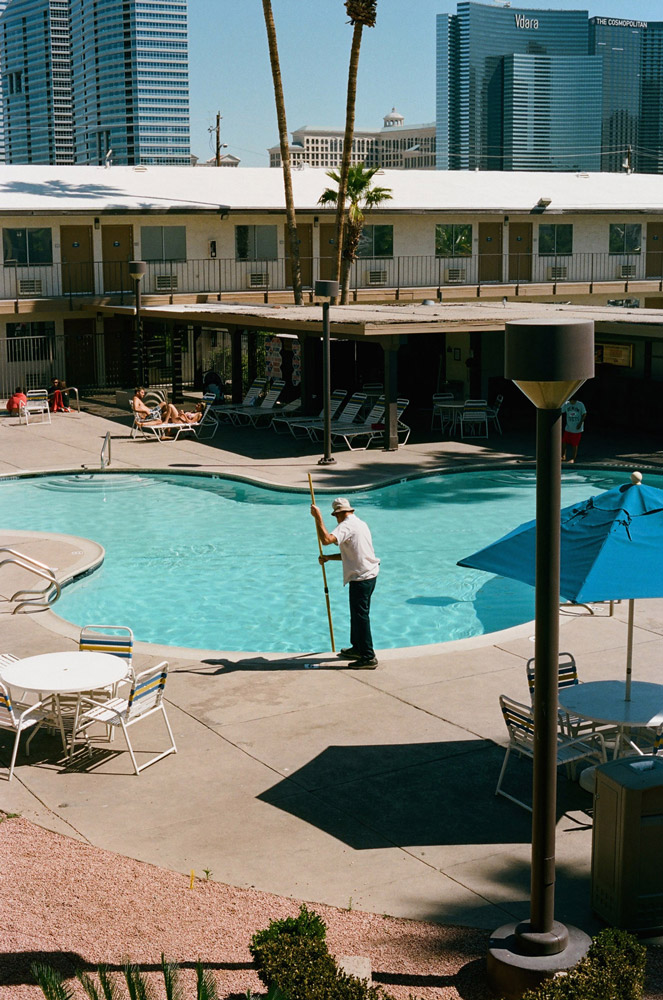
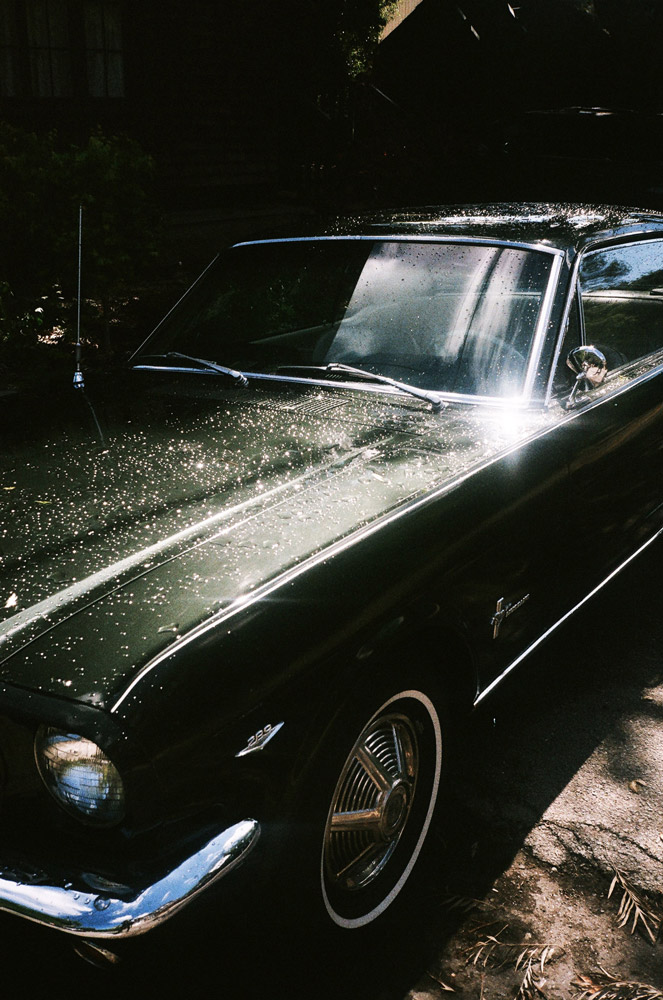
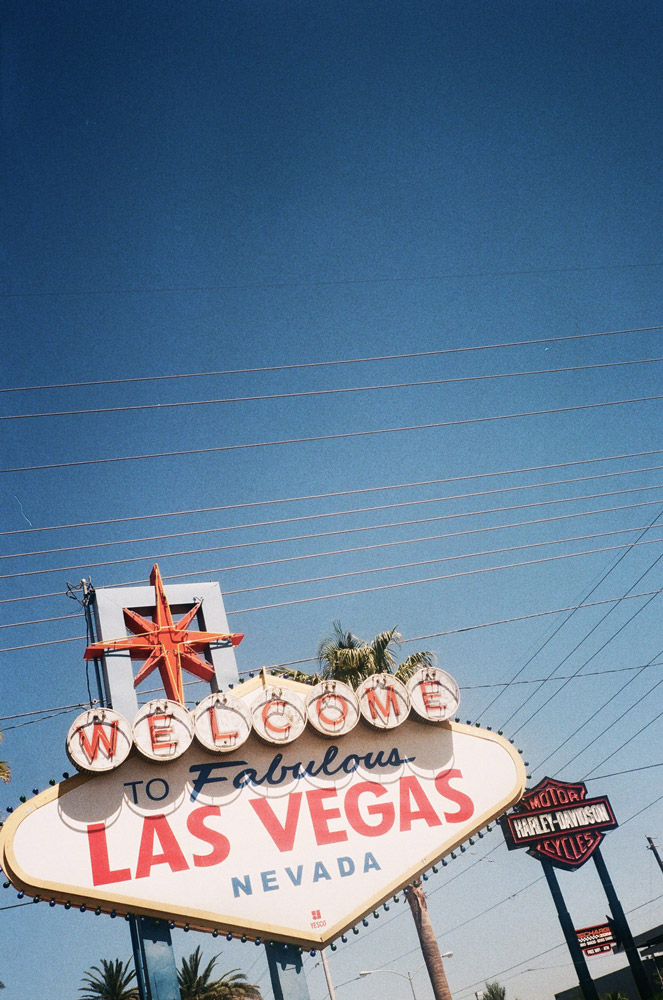
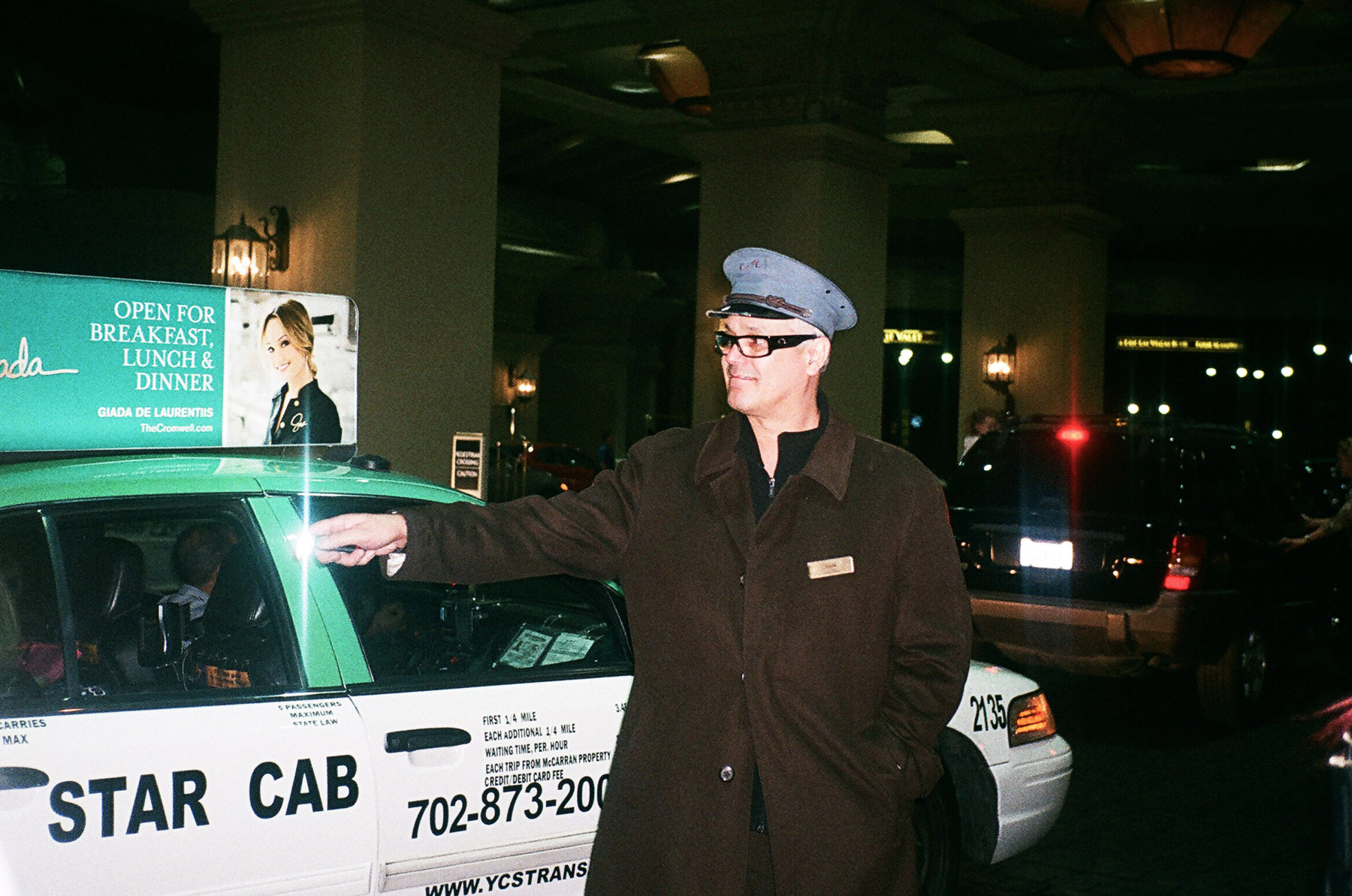
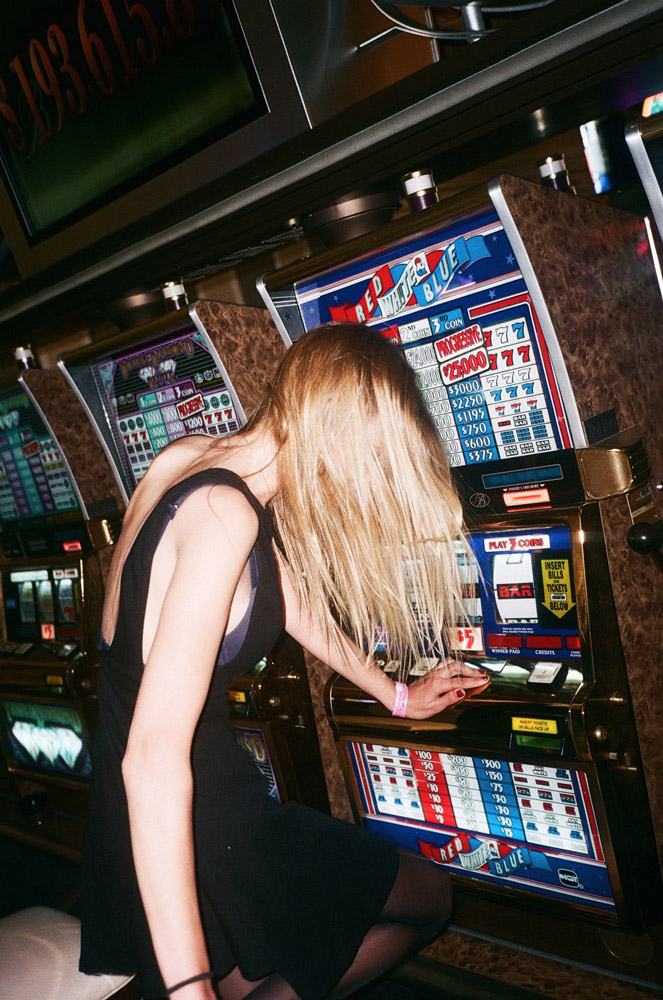

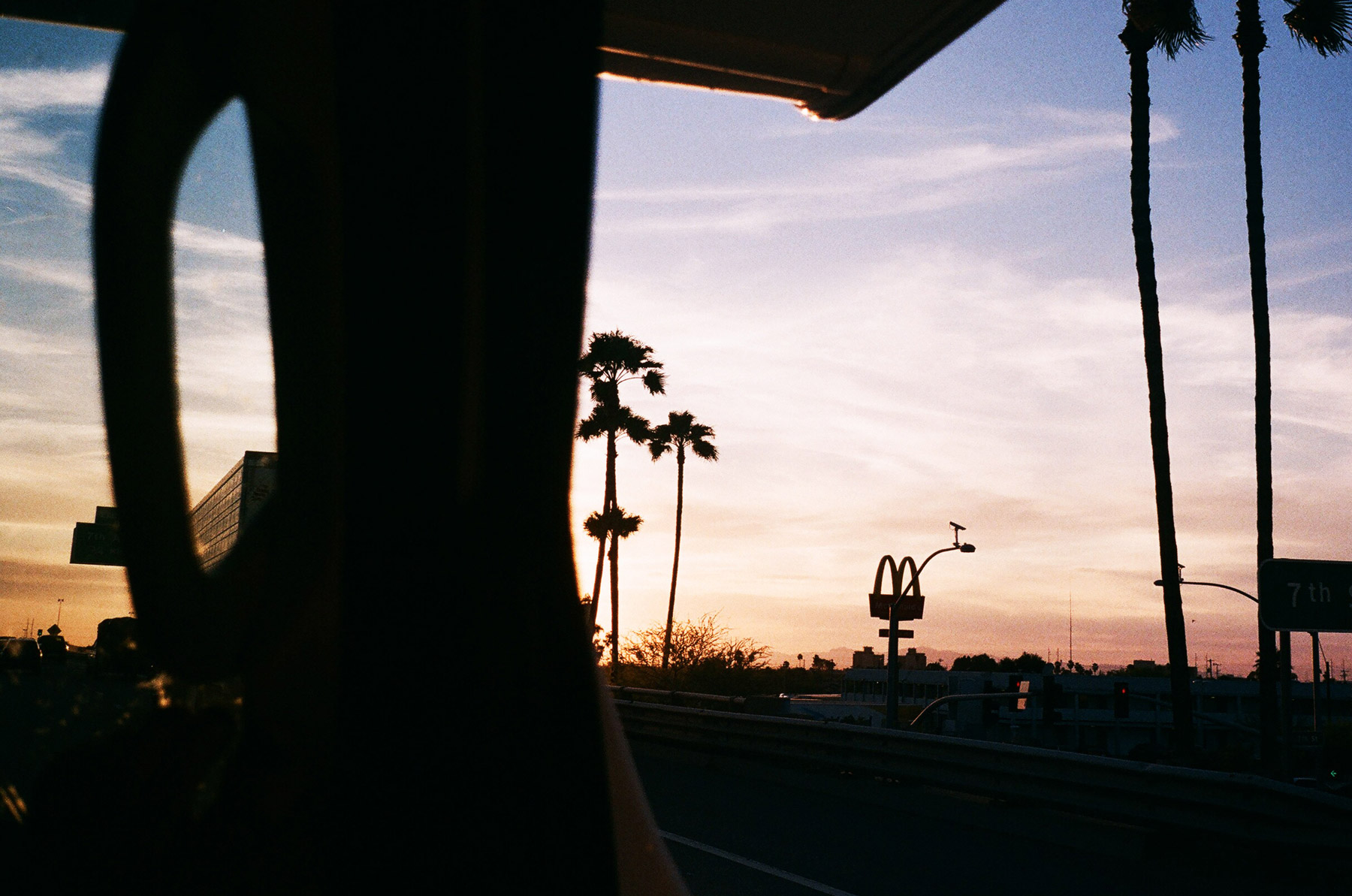
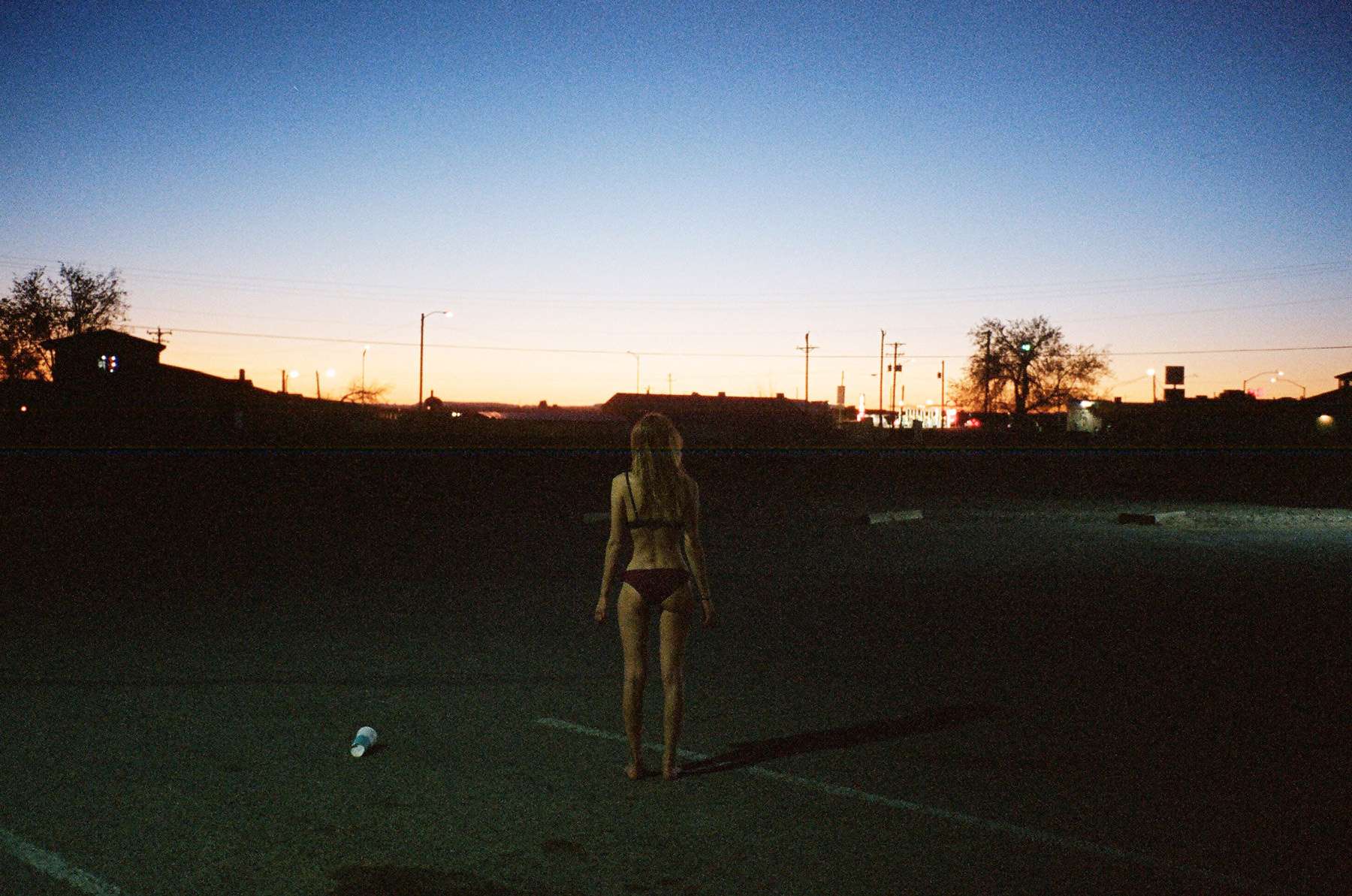
 @anneroig
@anneroig @anneroig
@anneroig